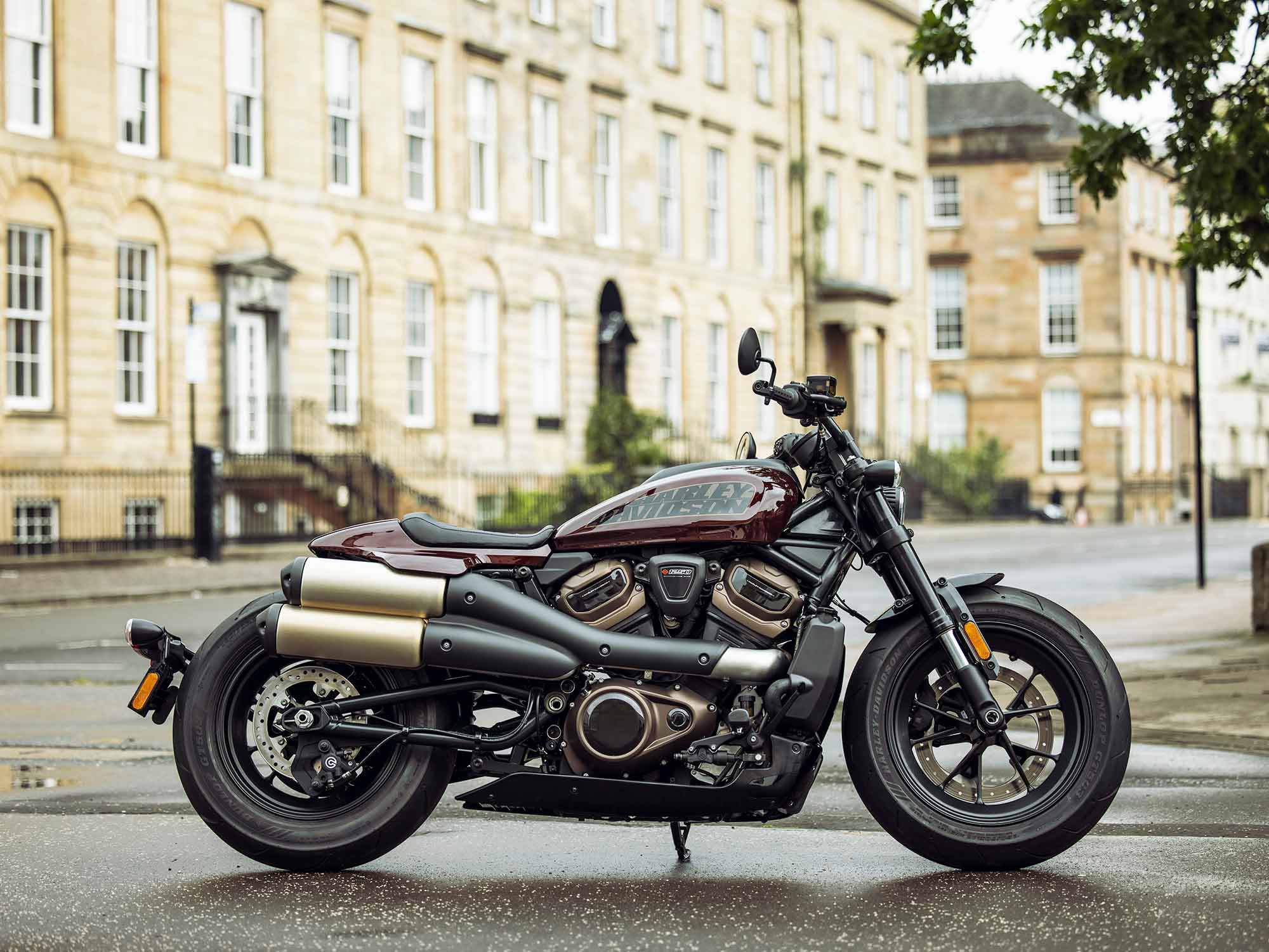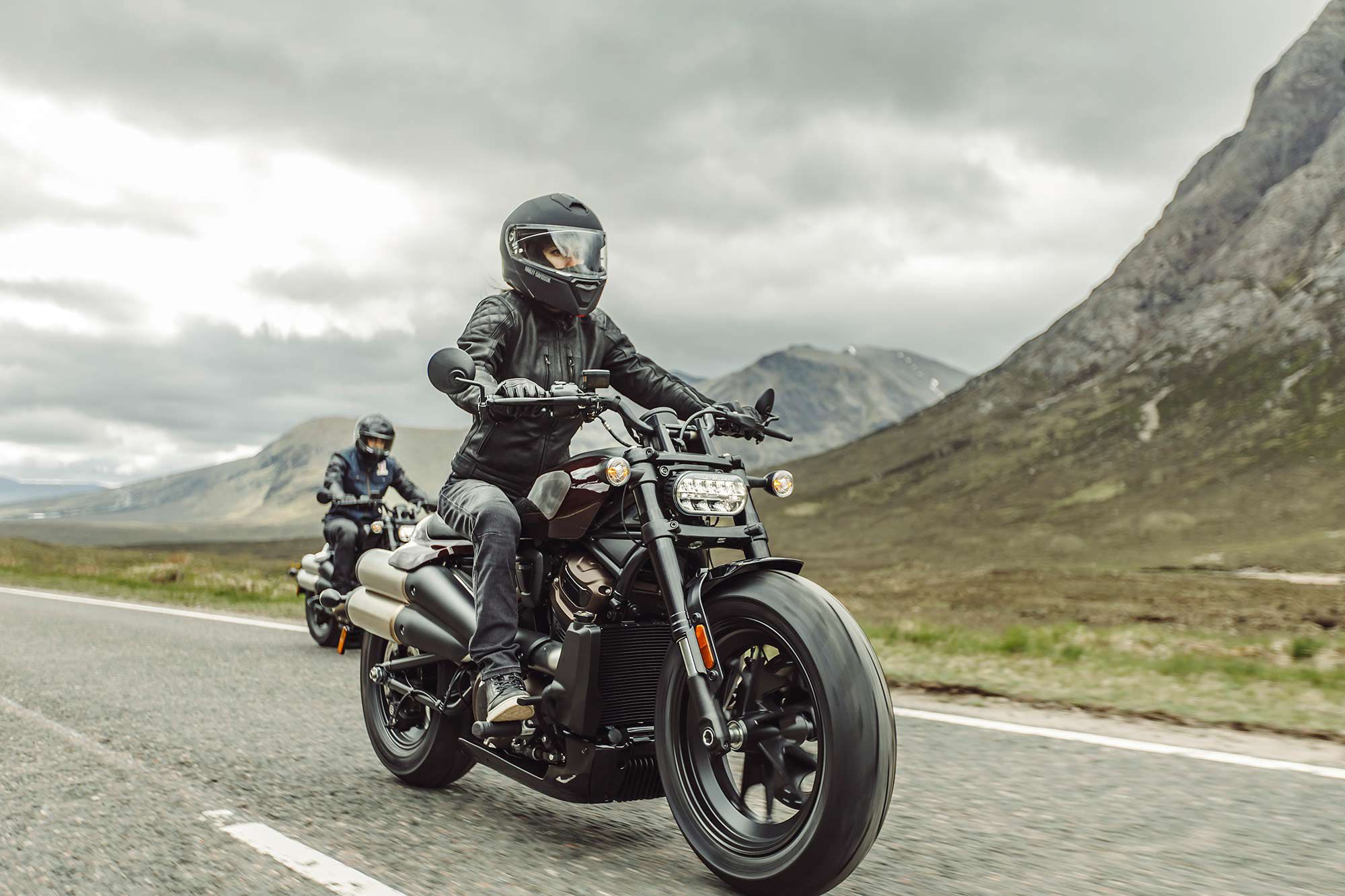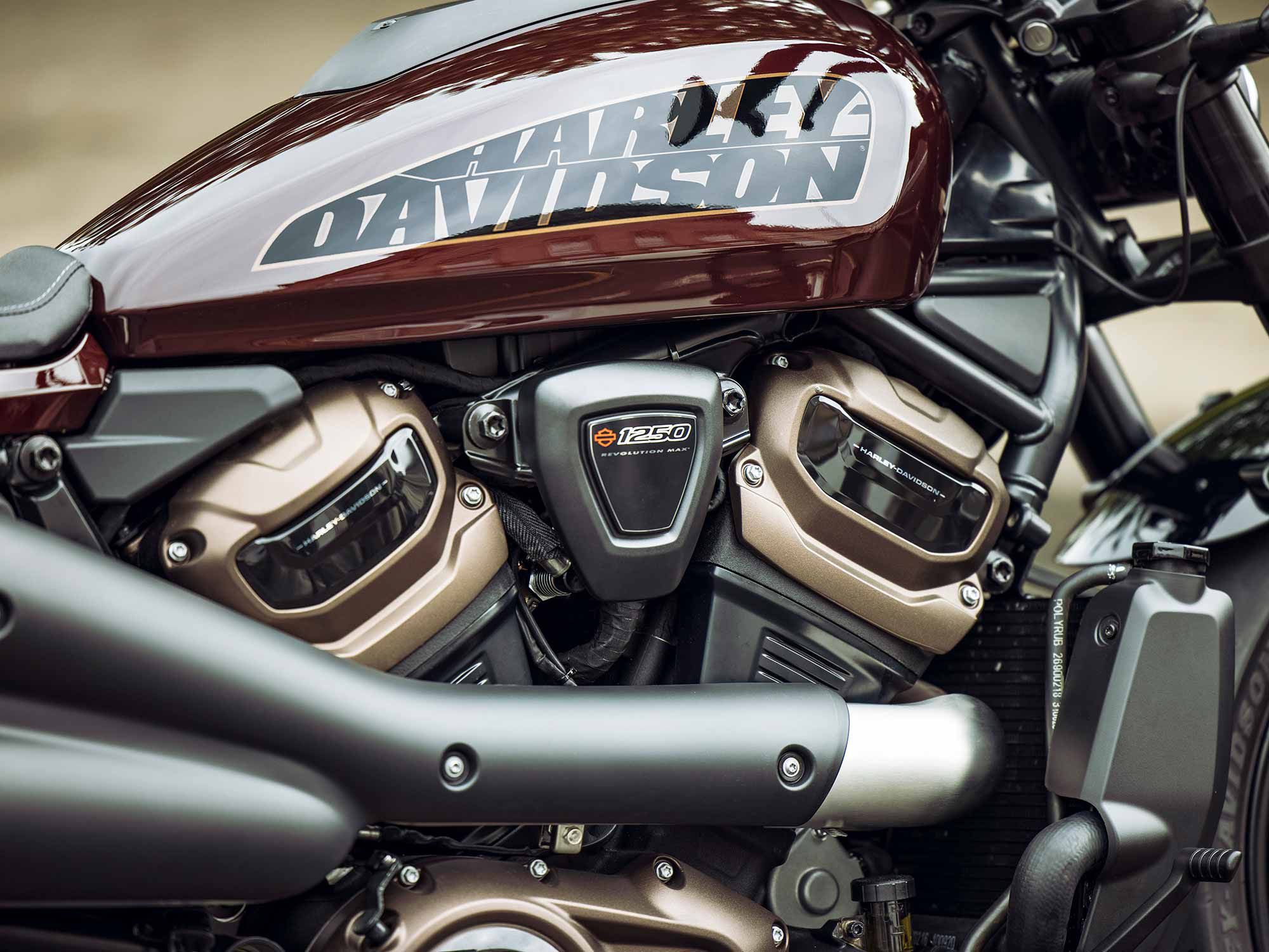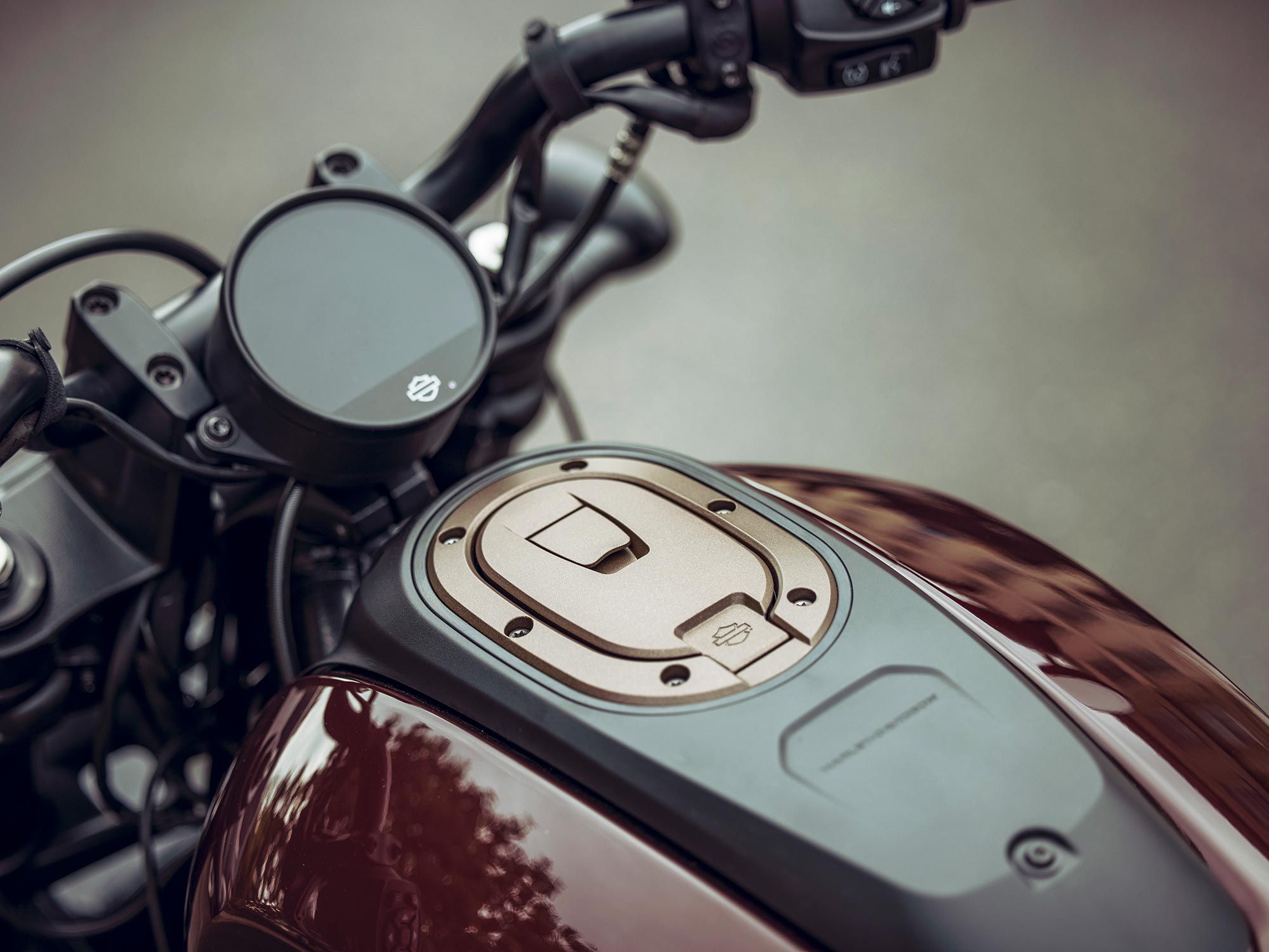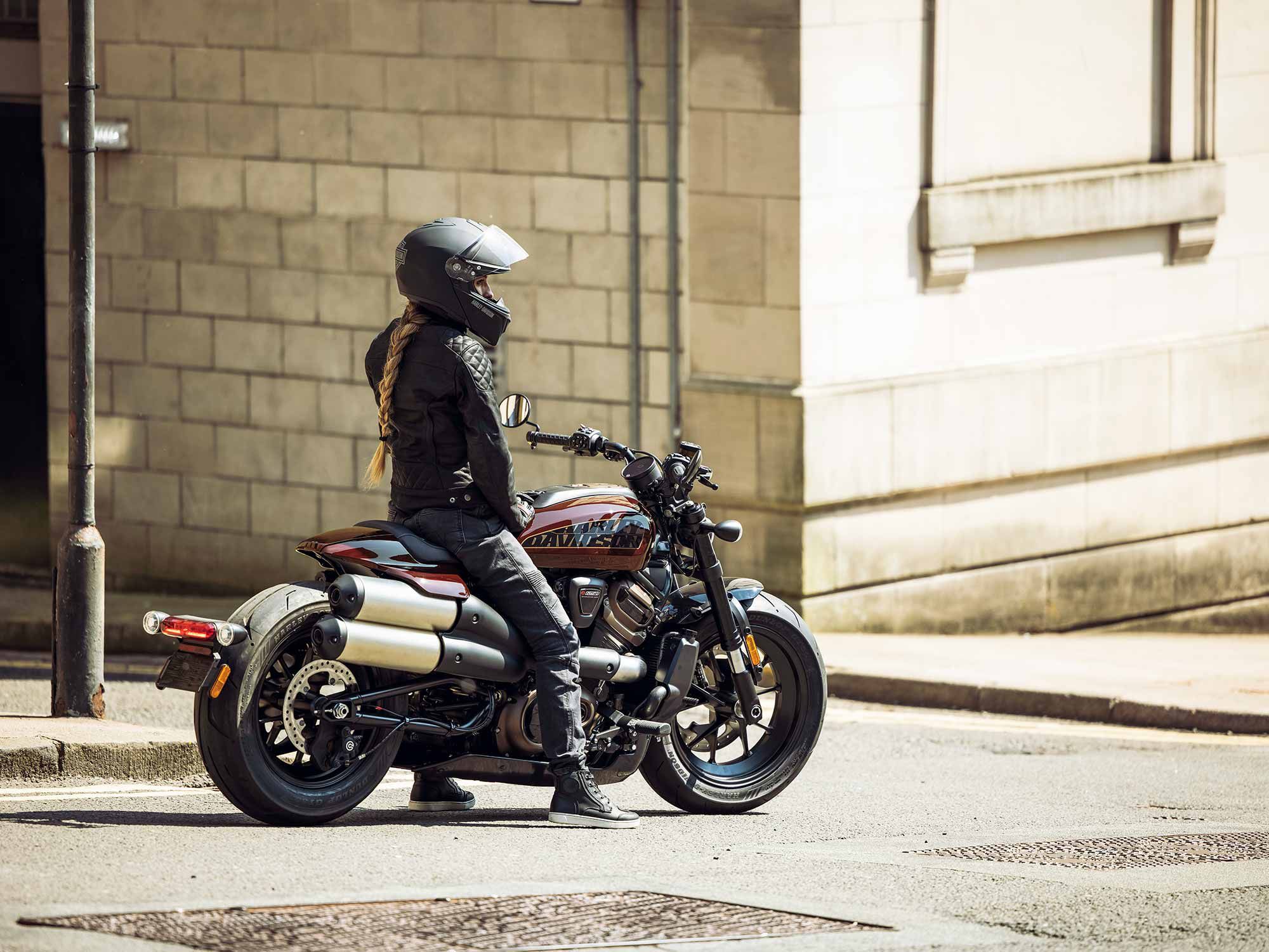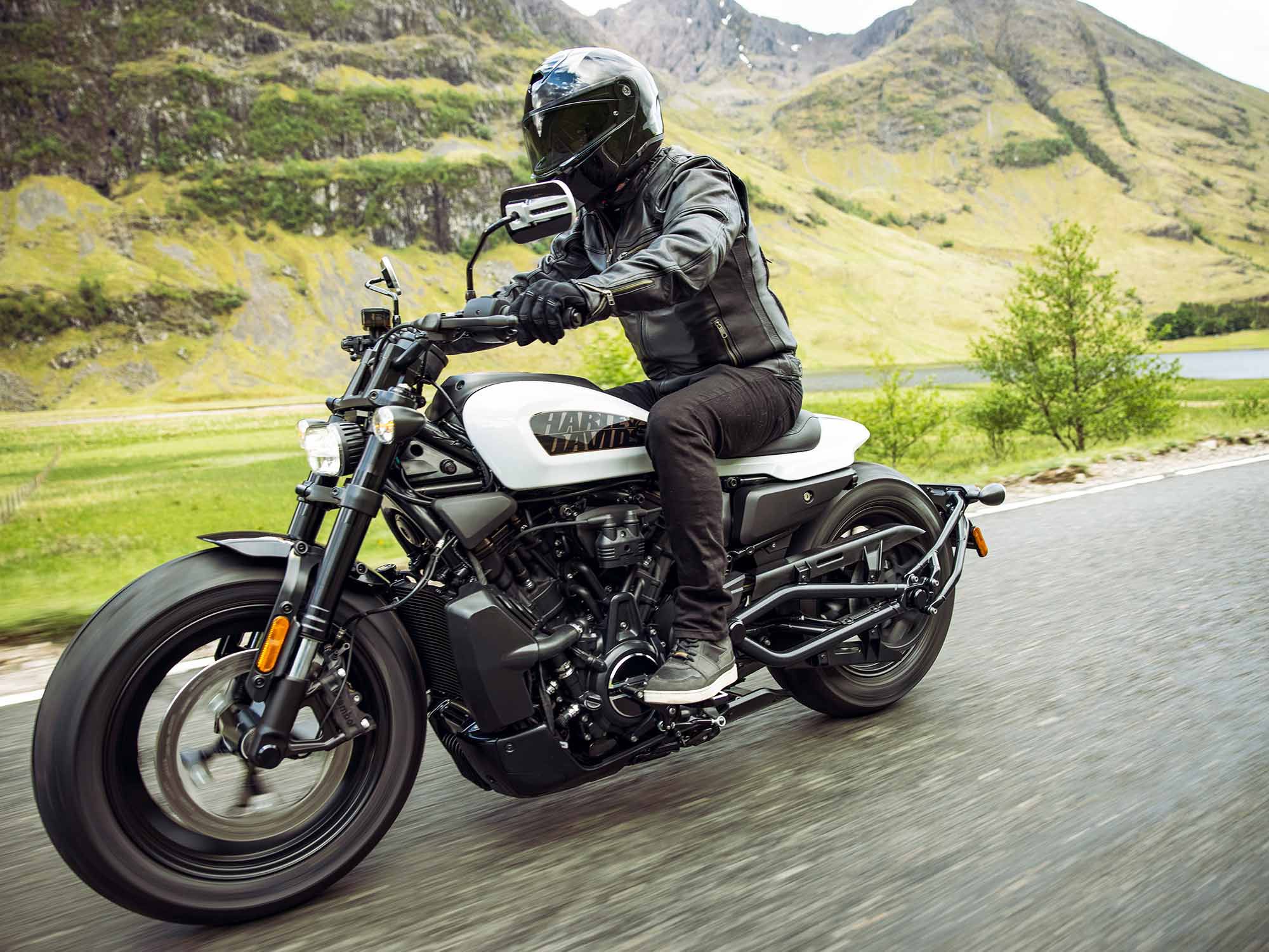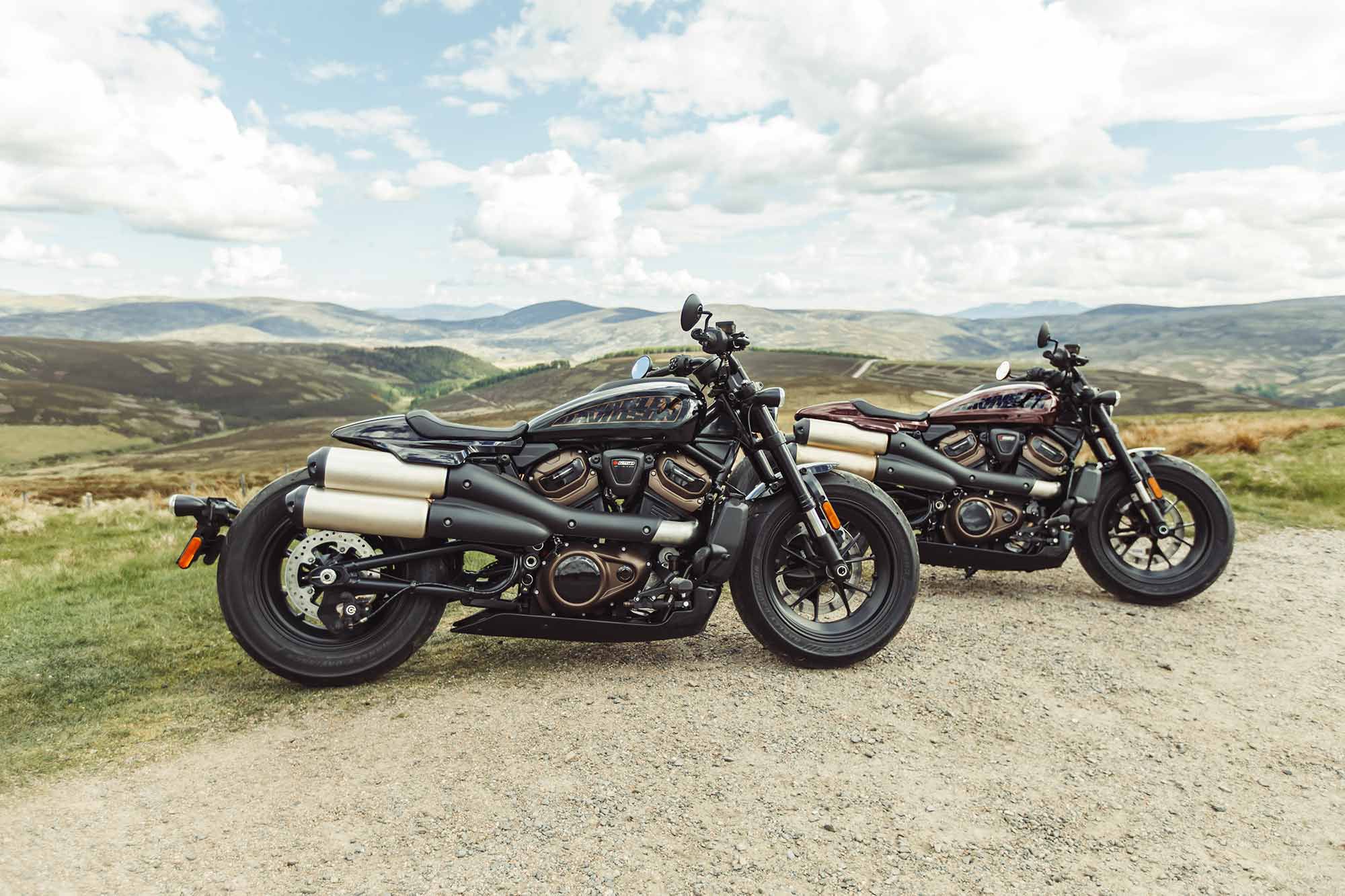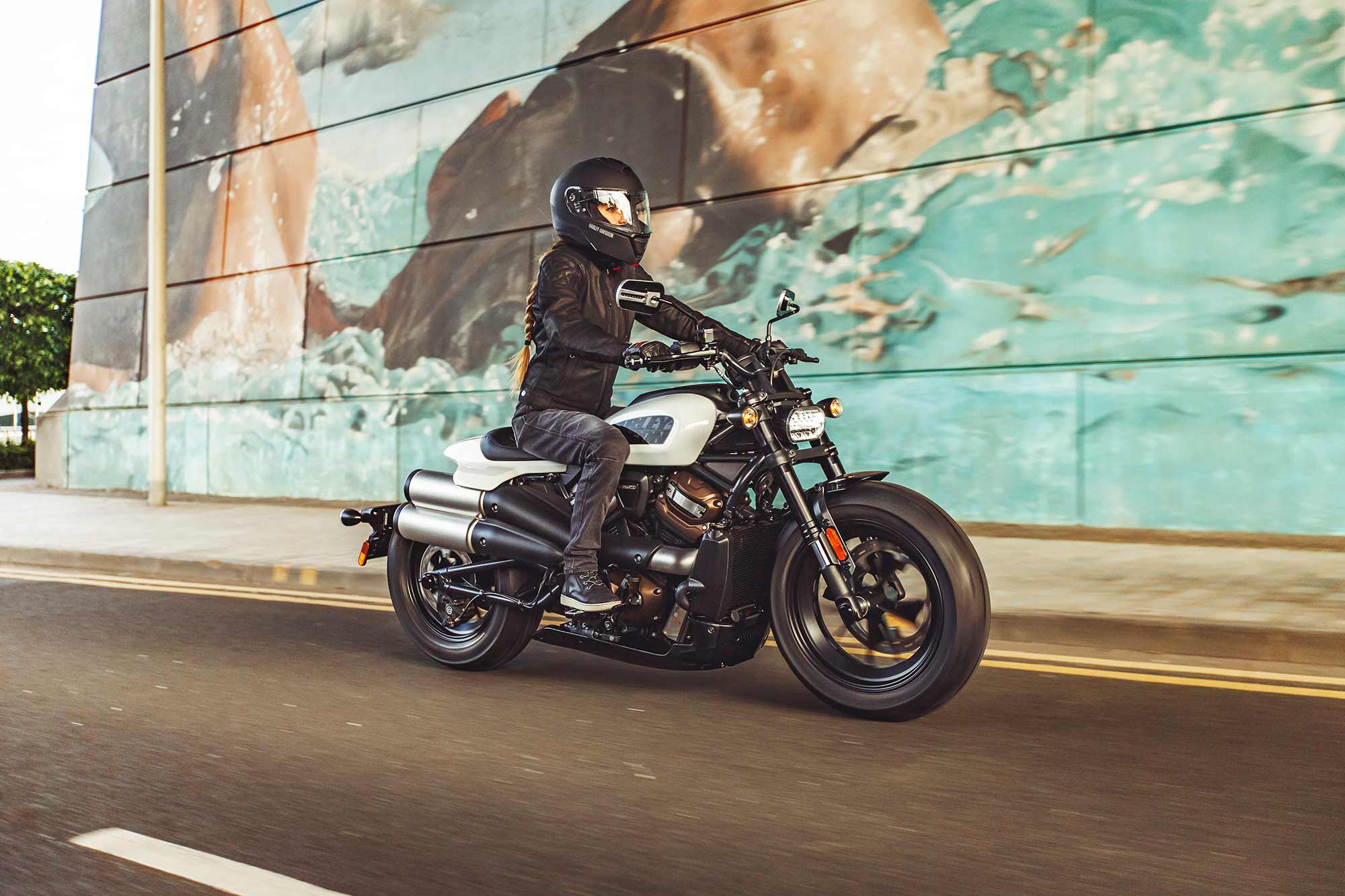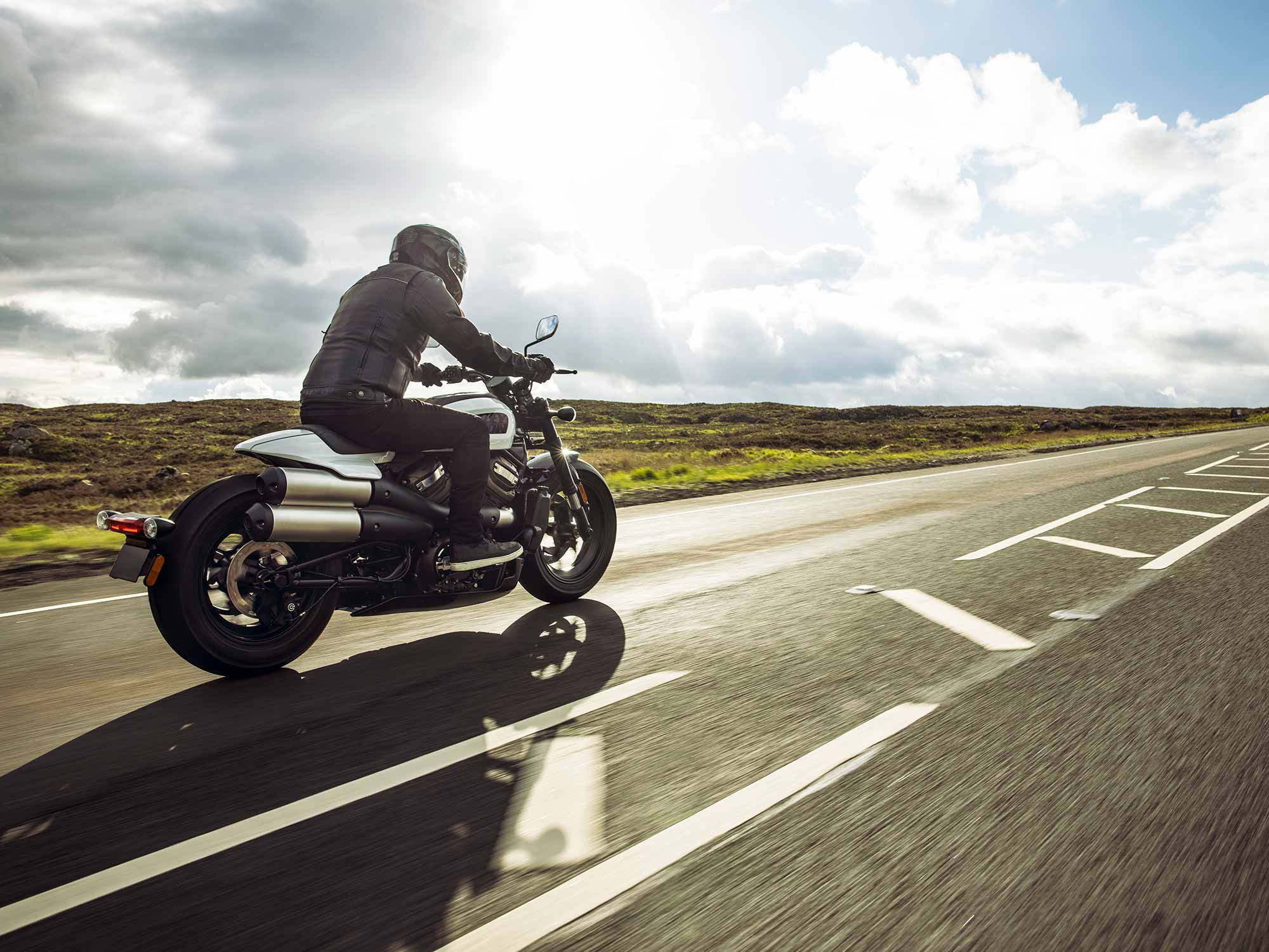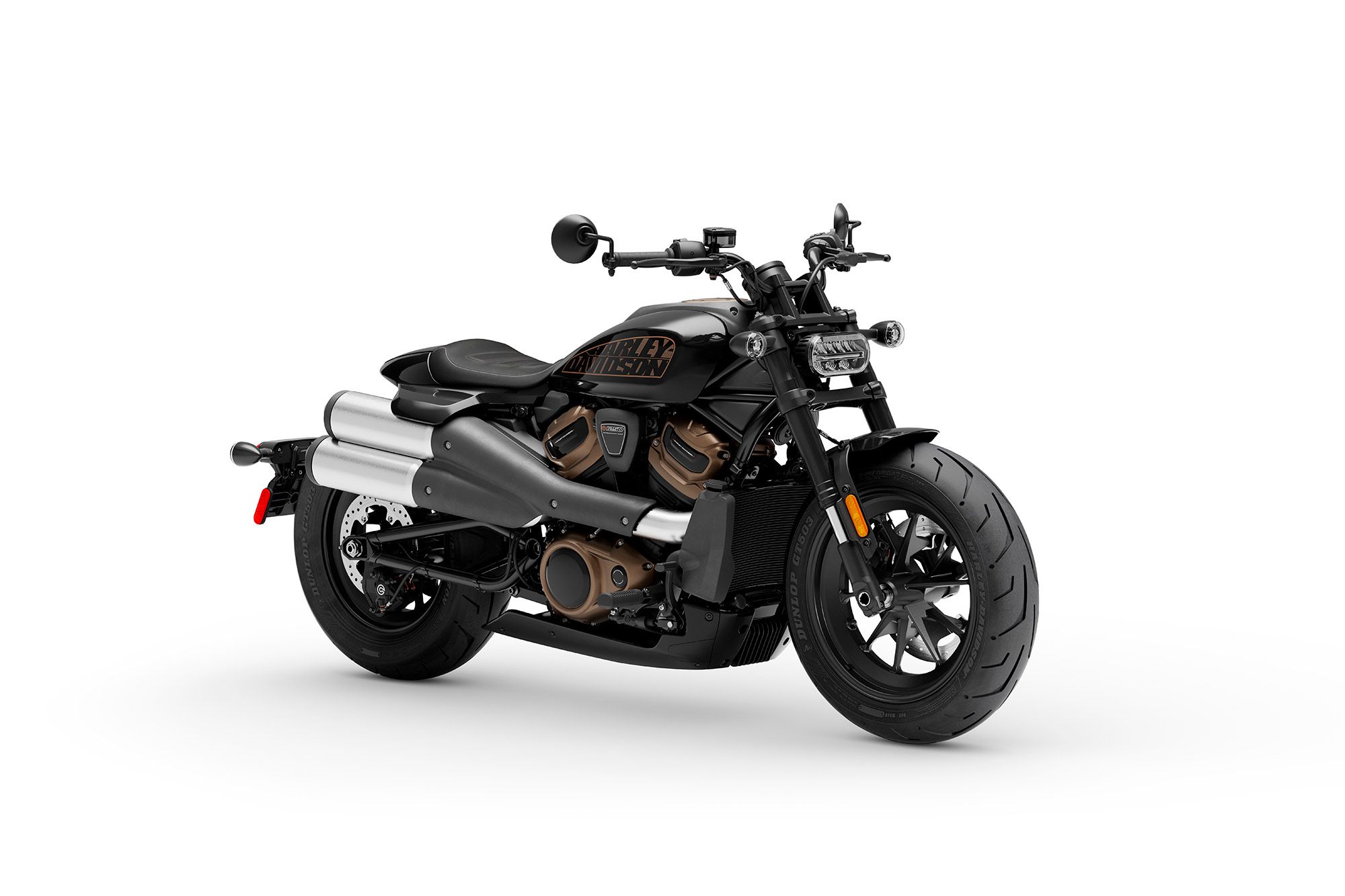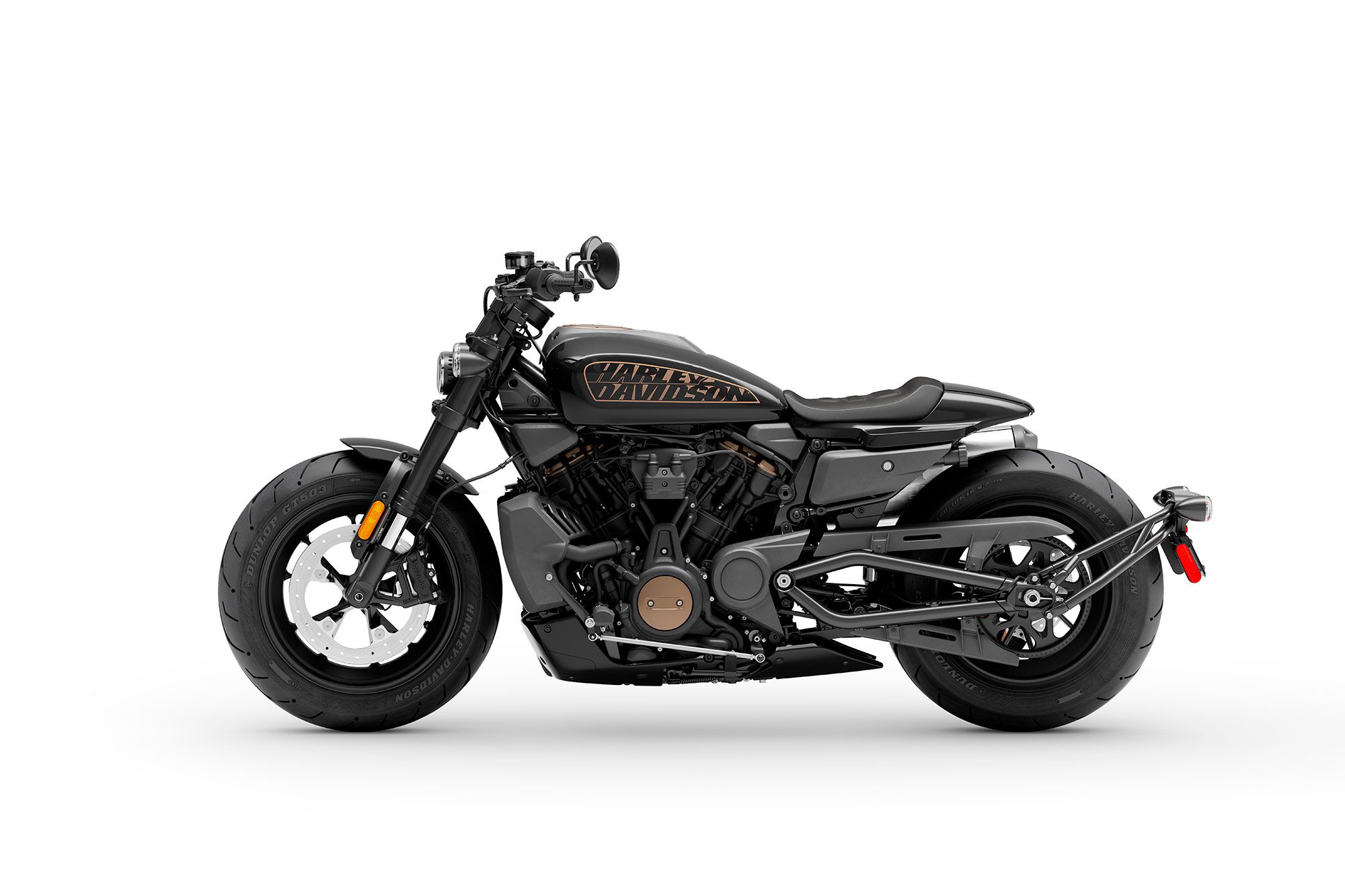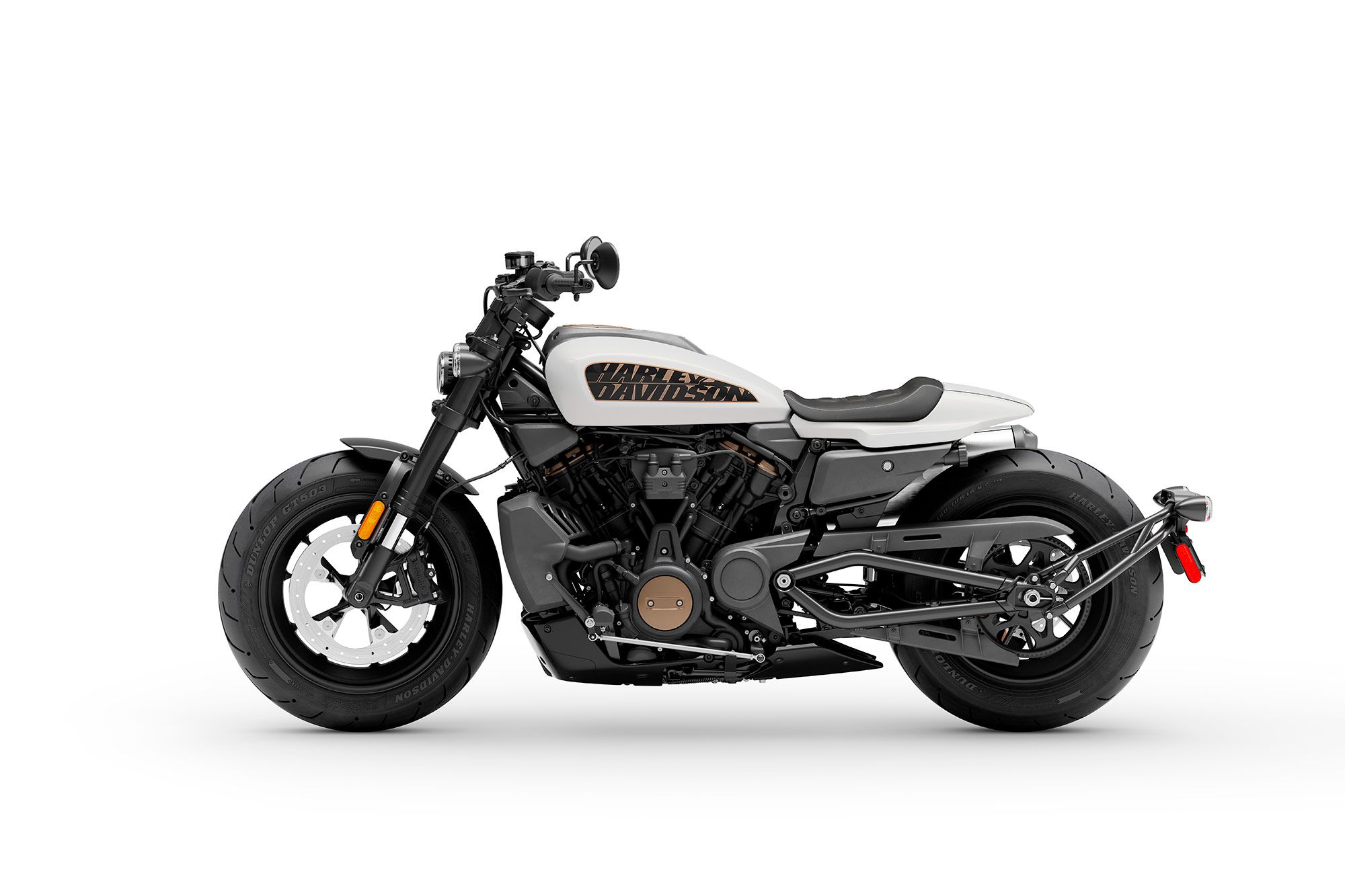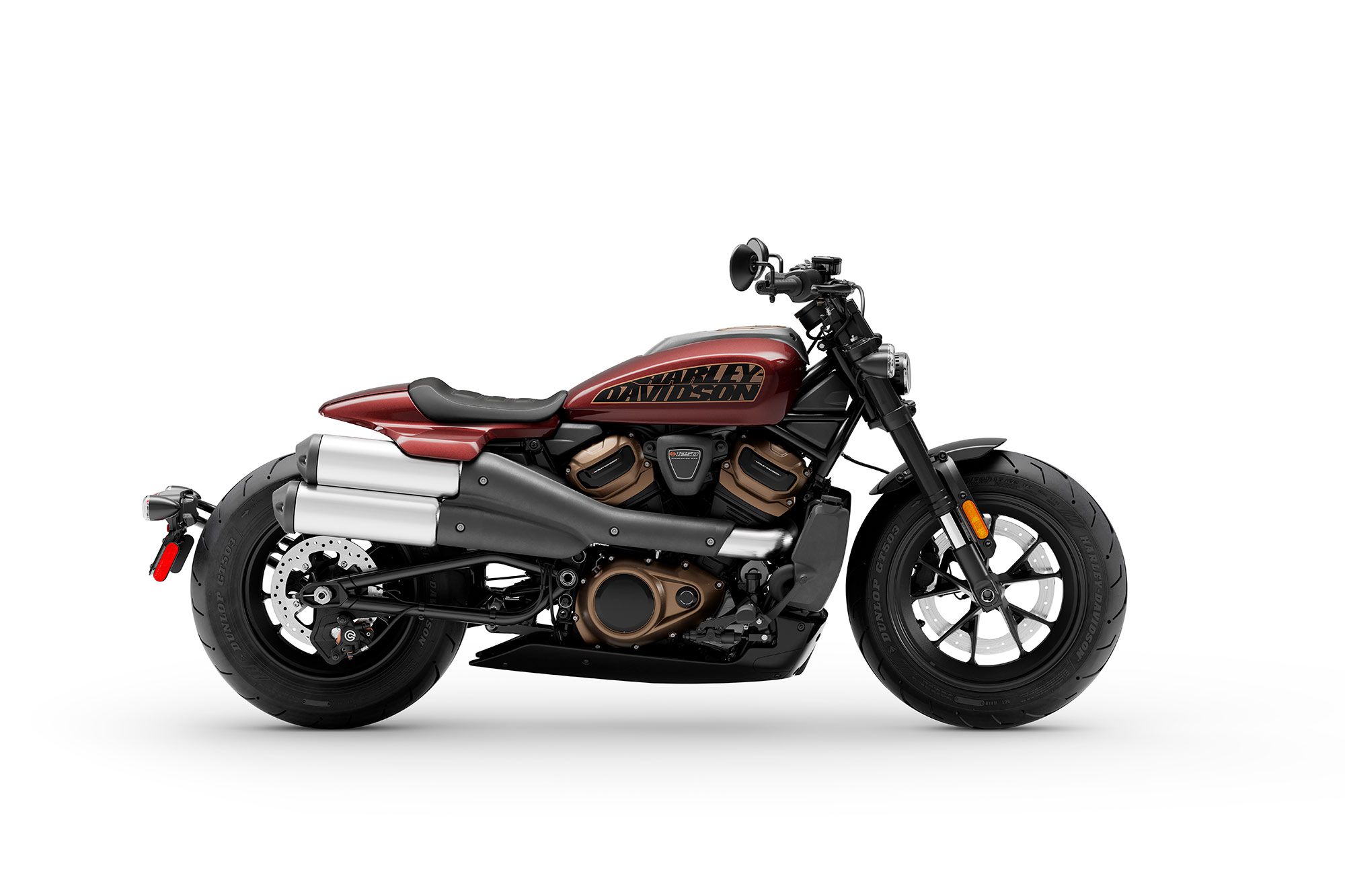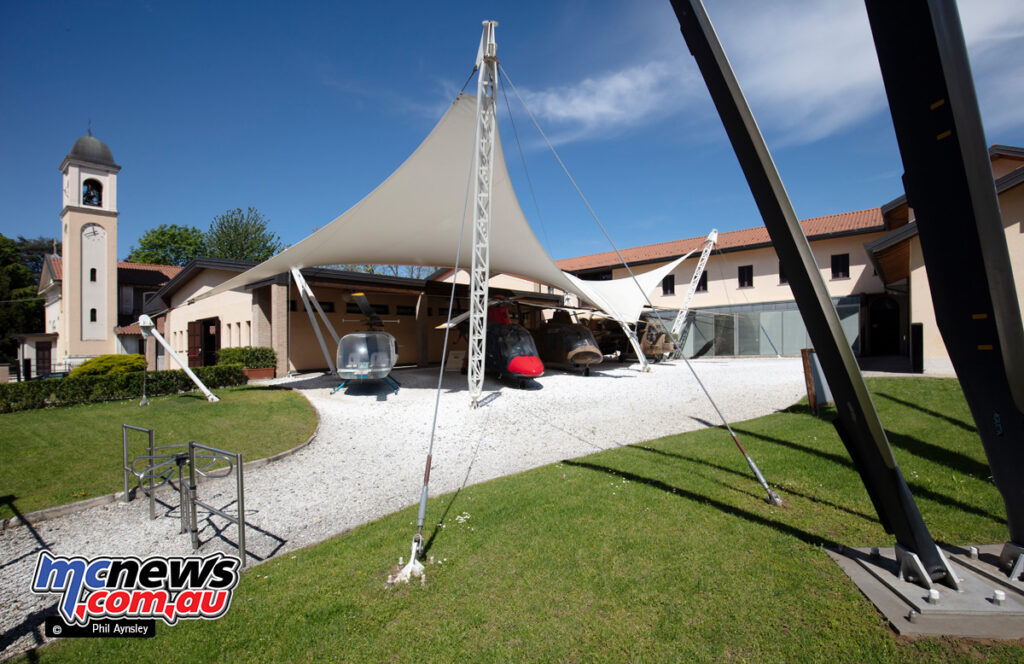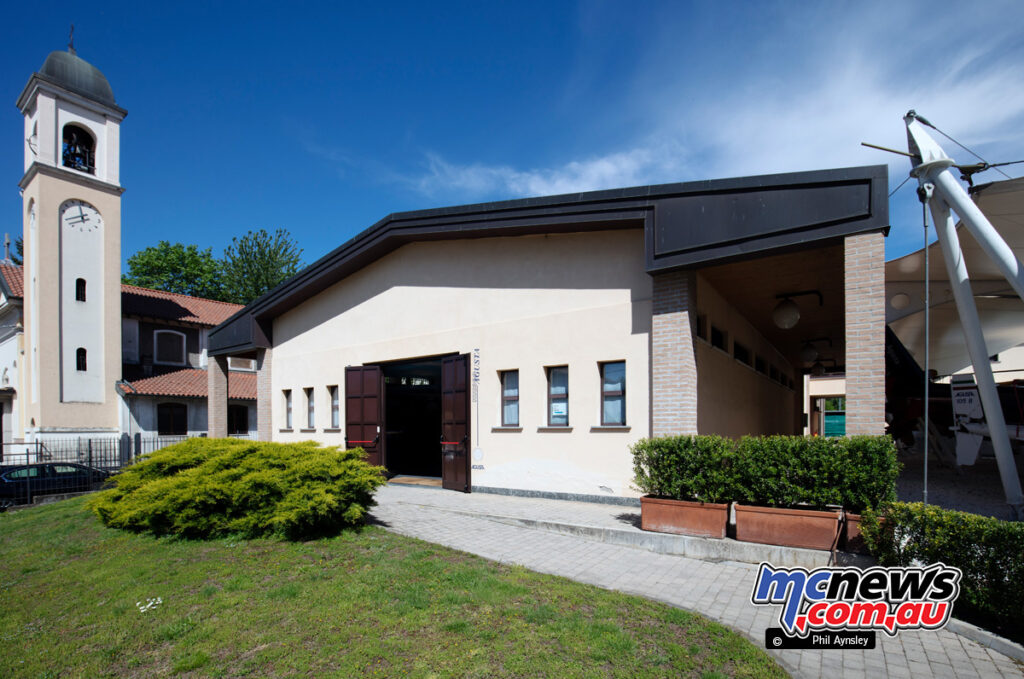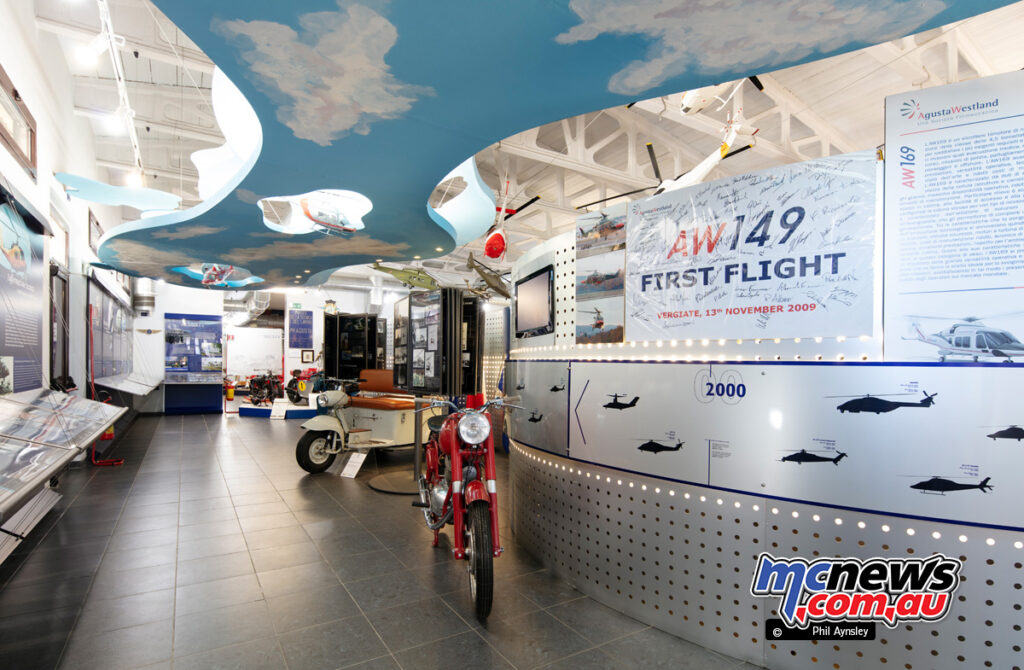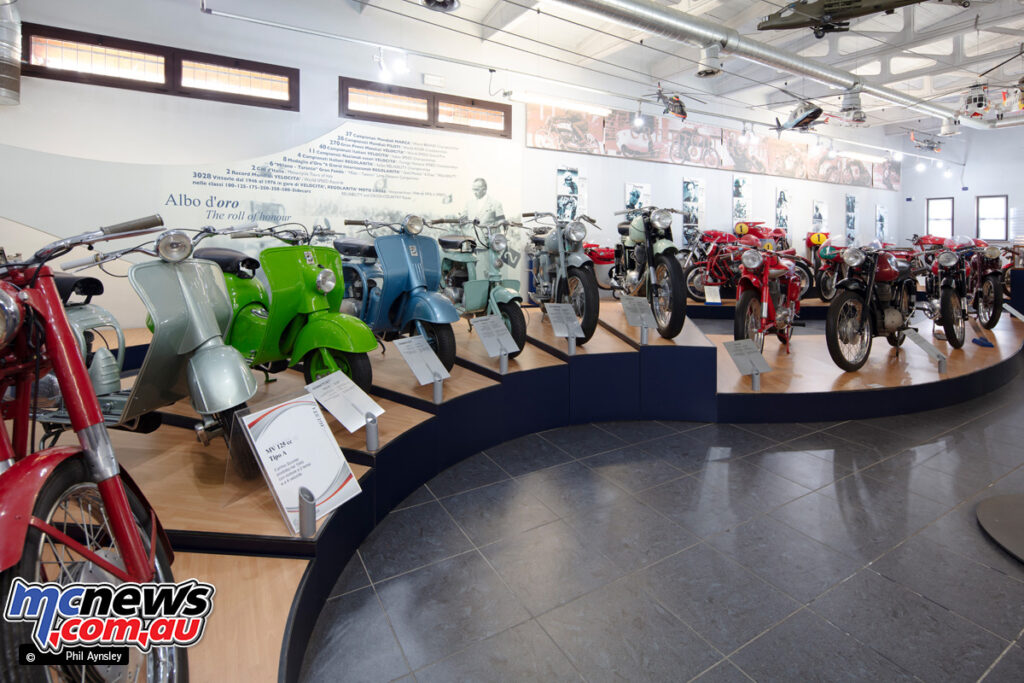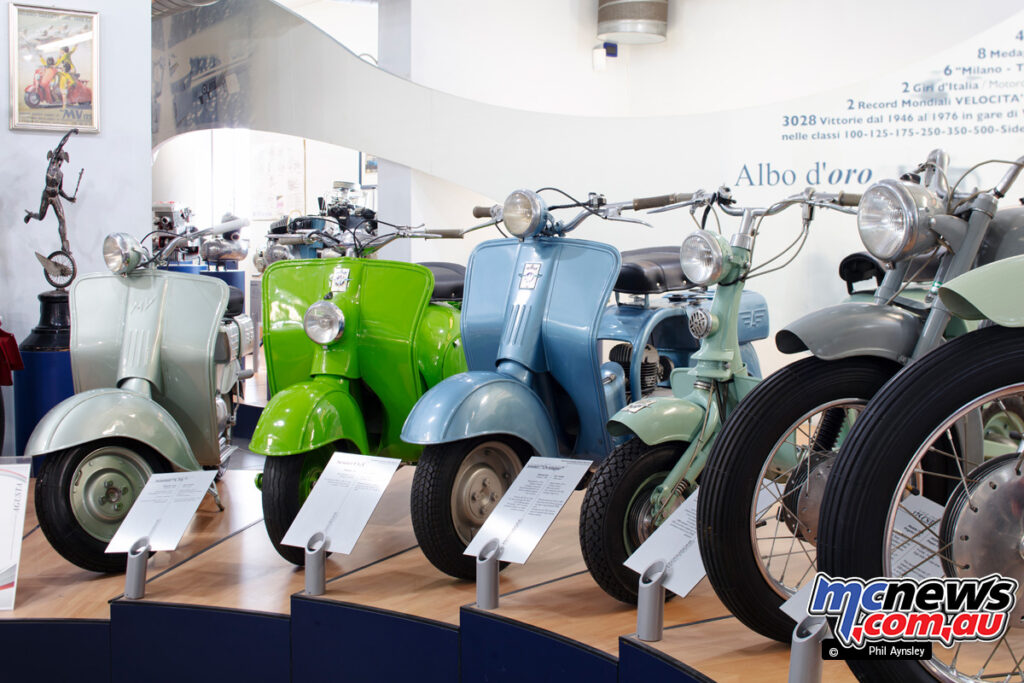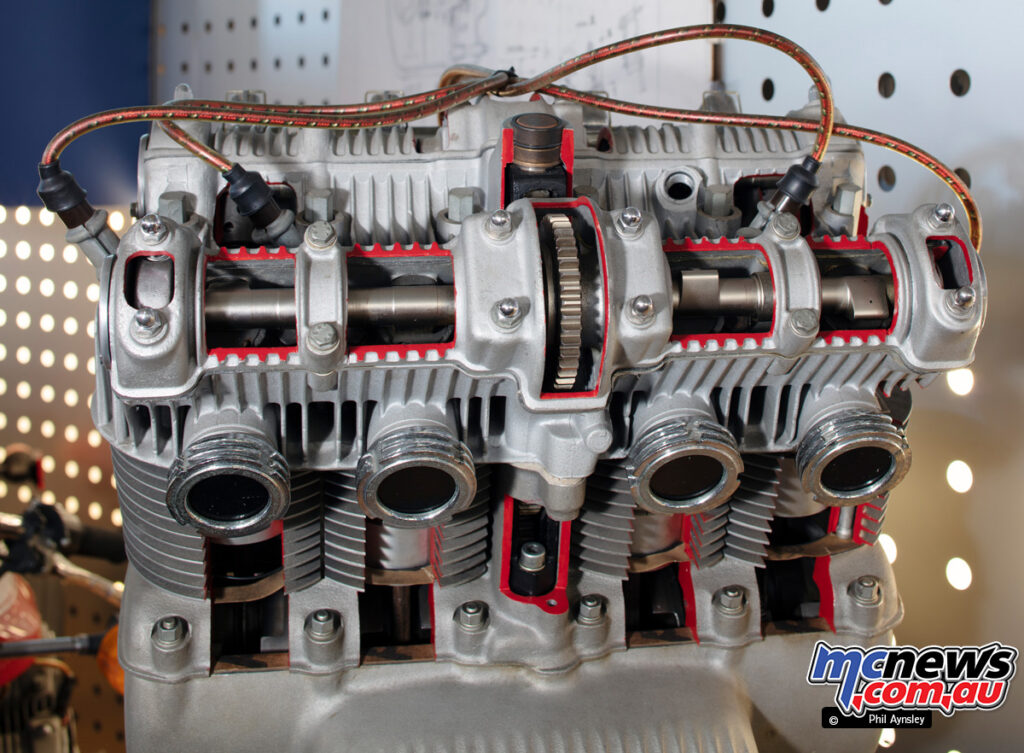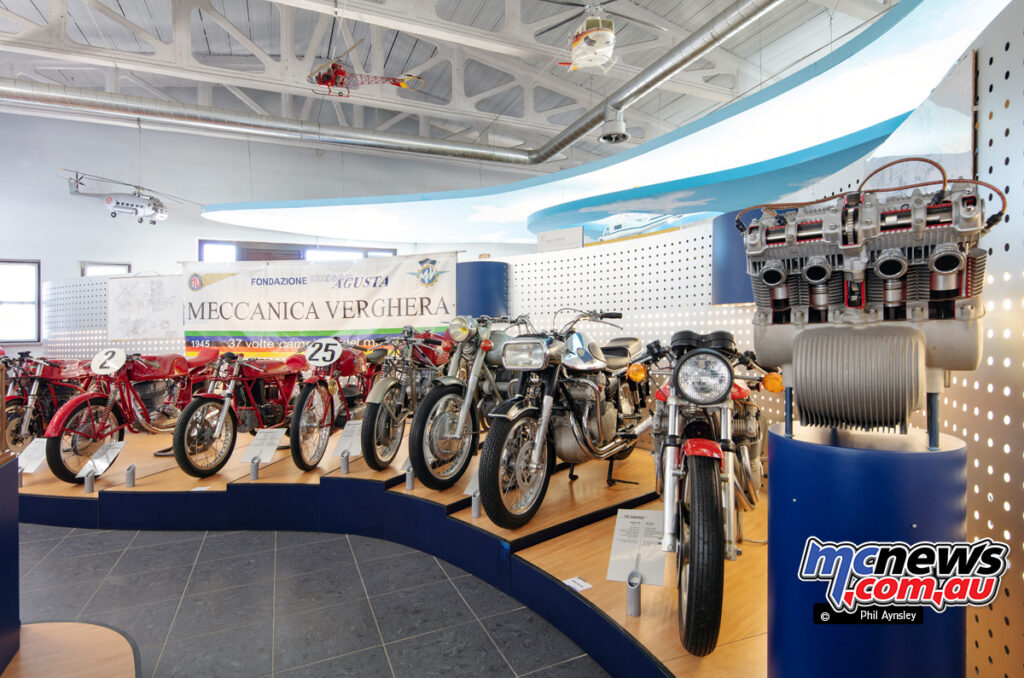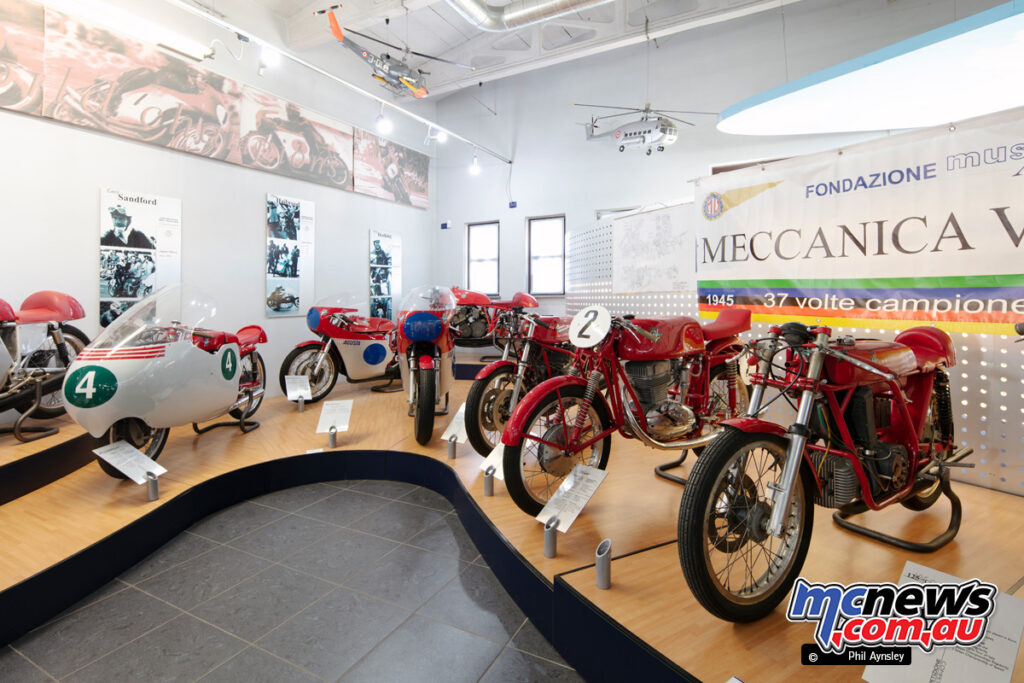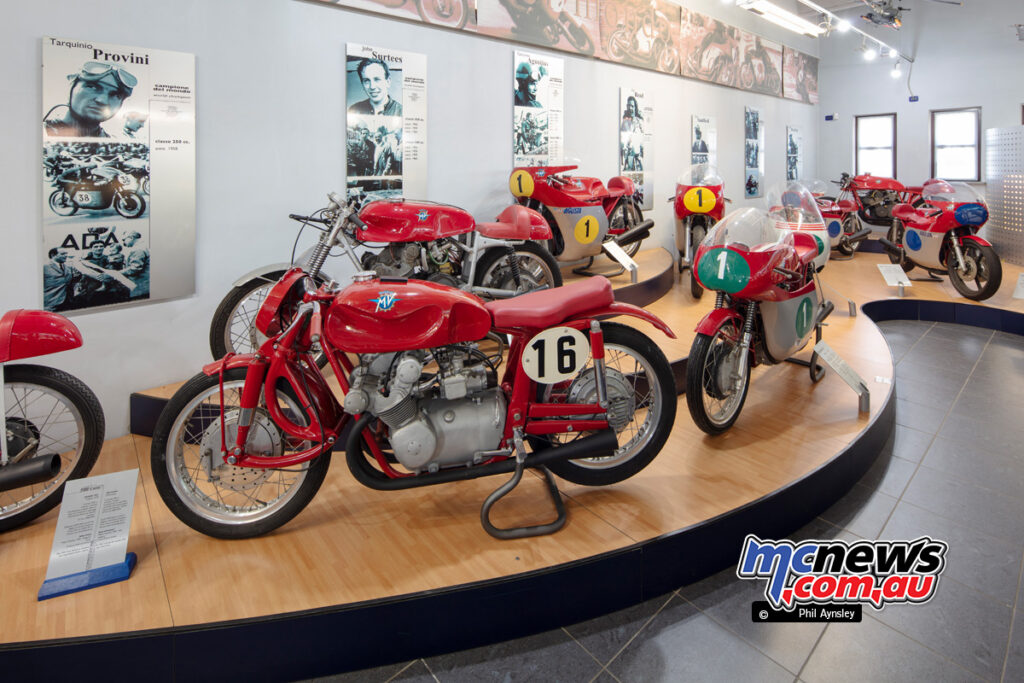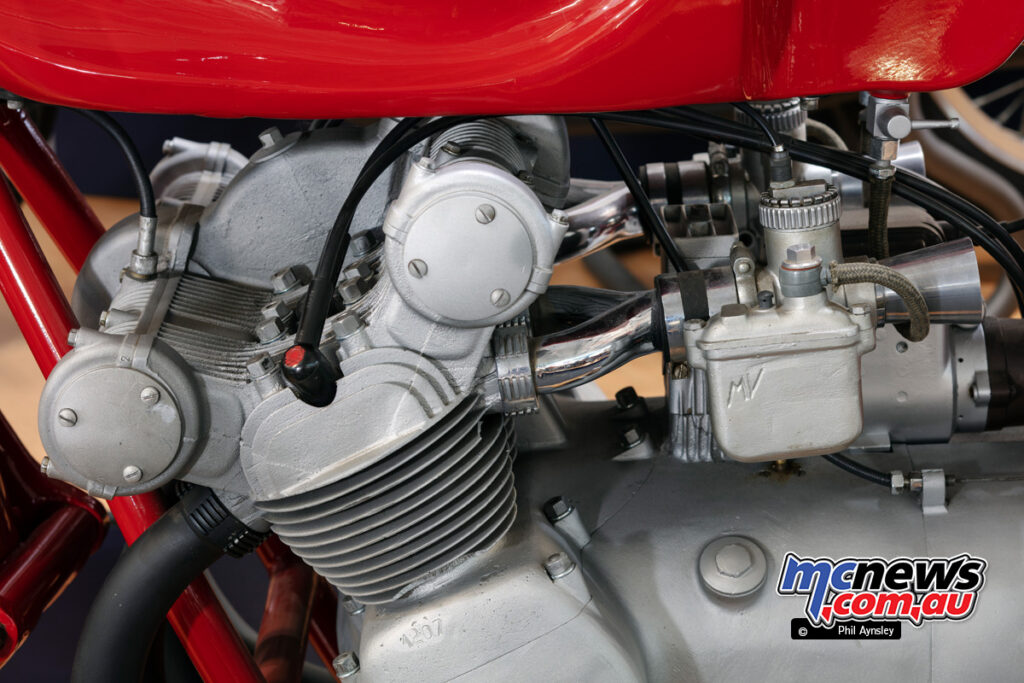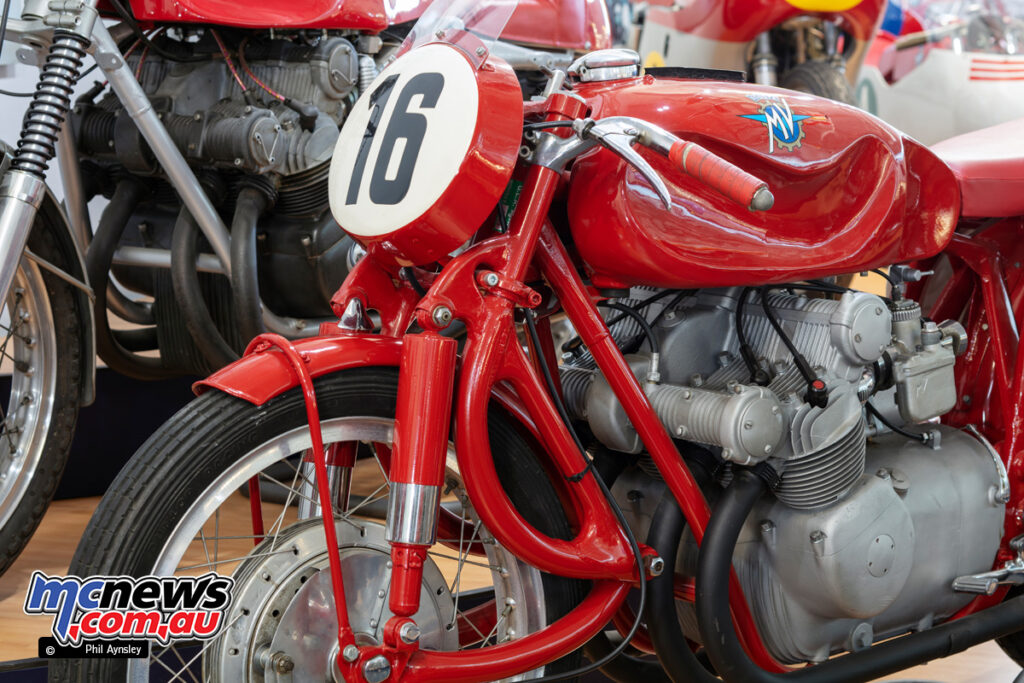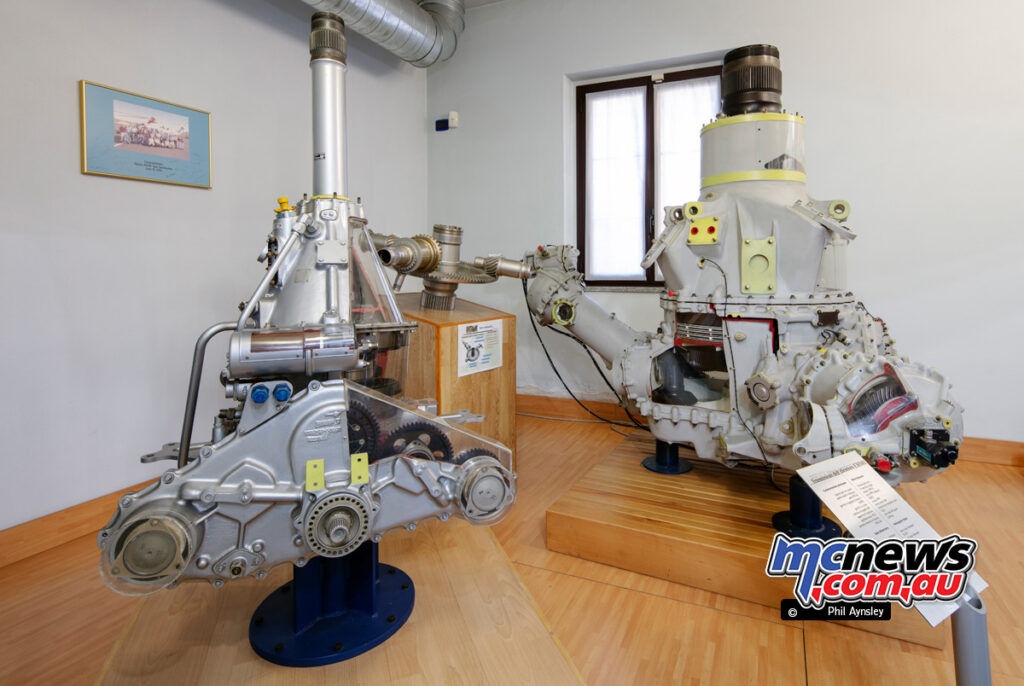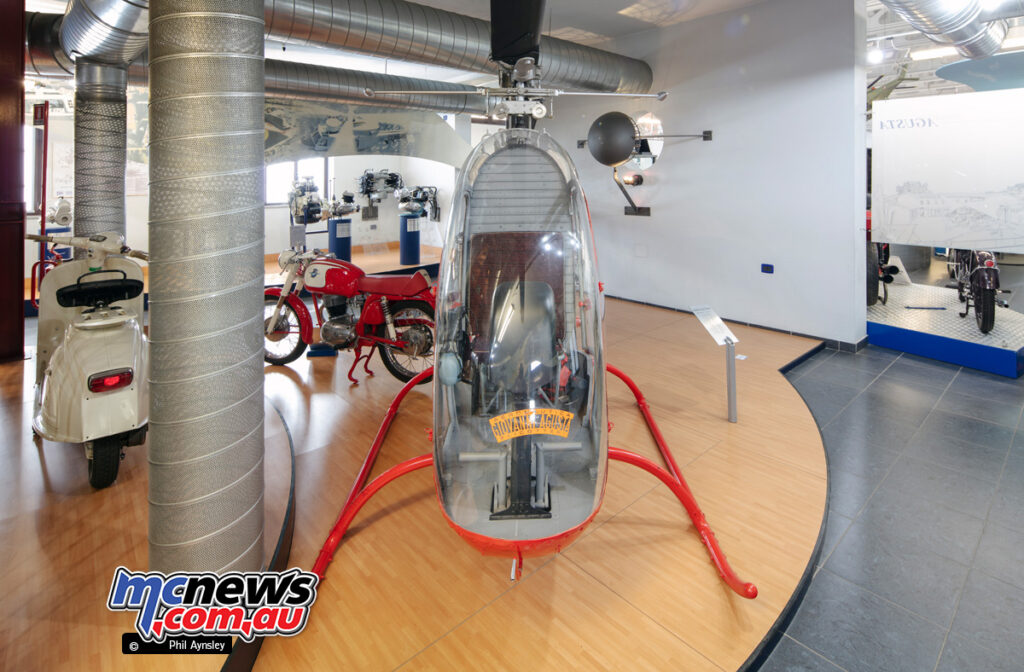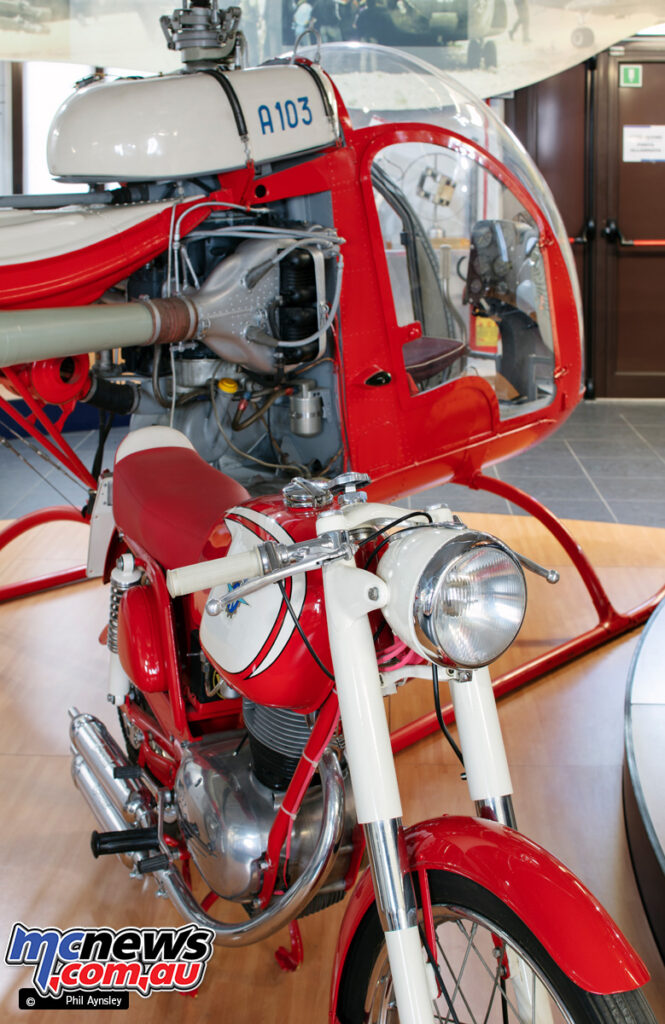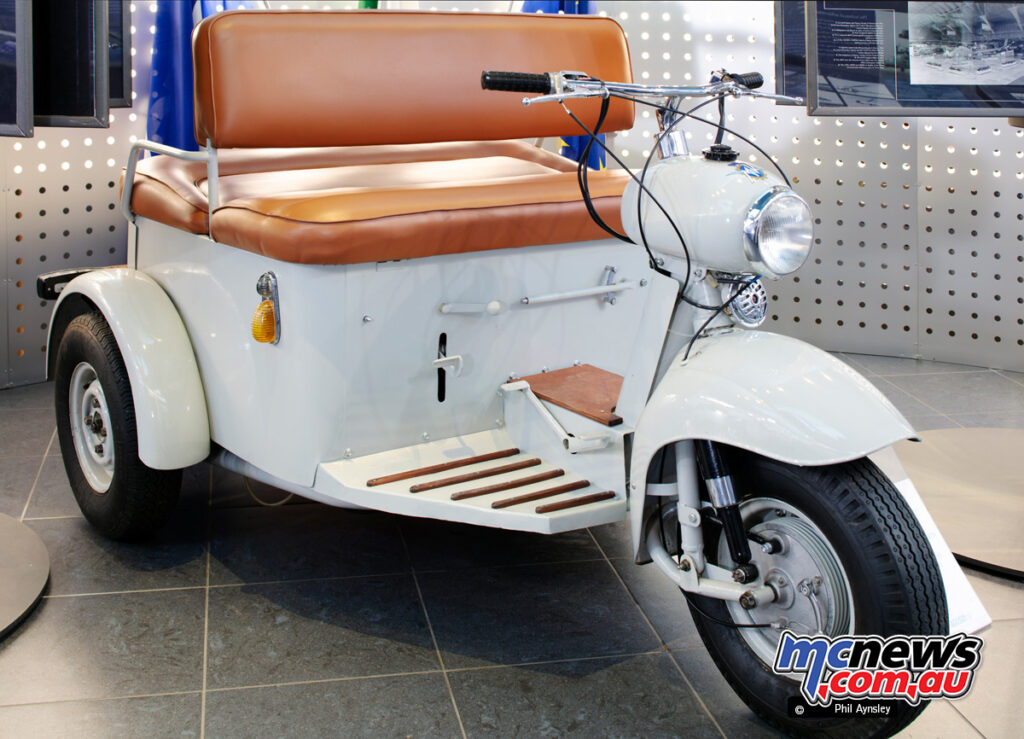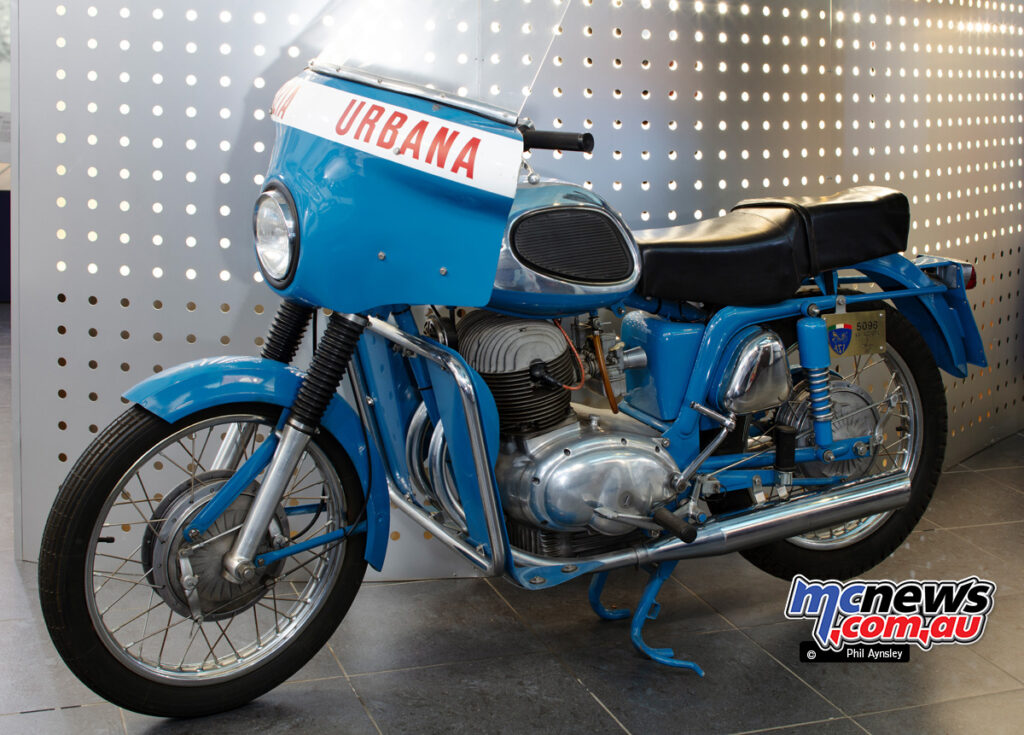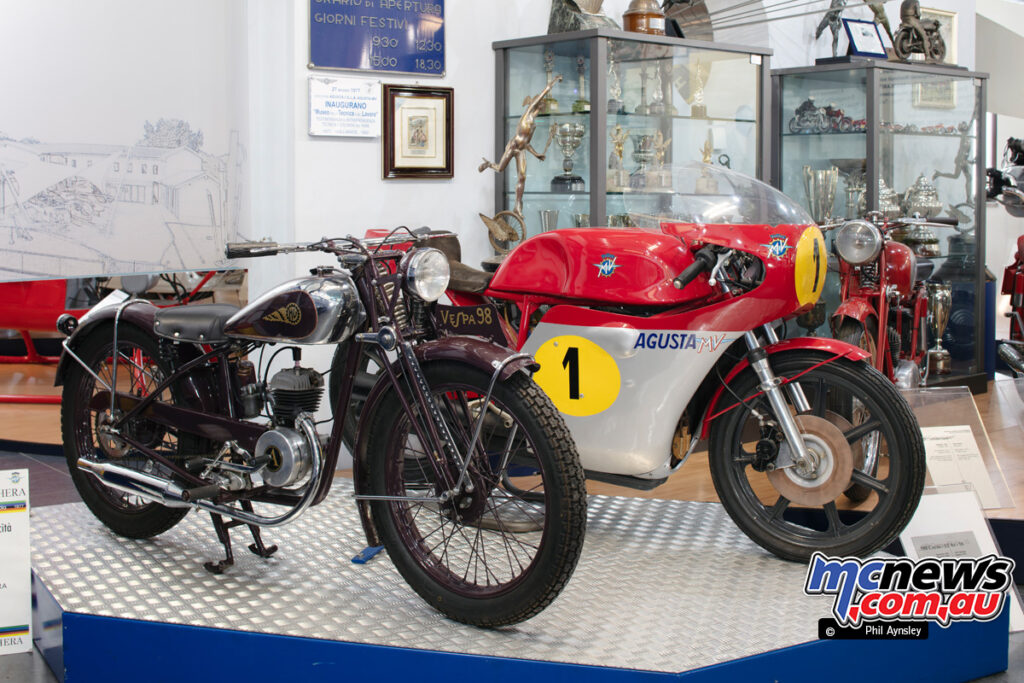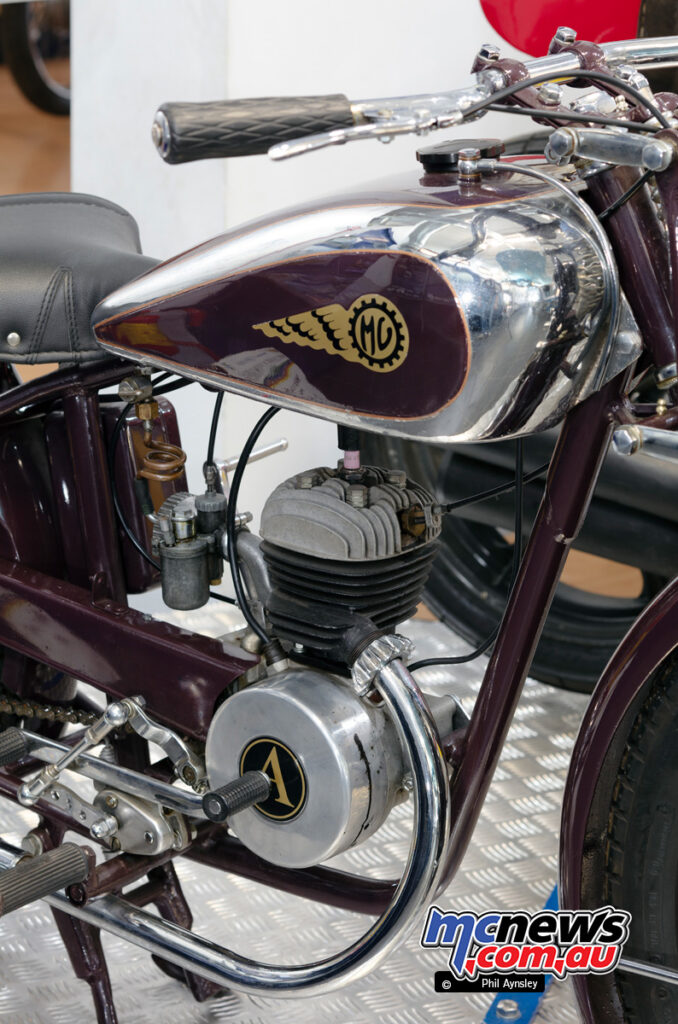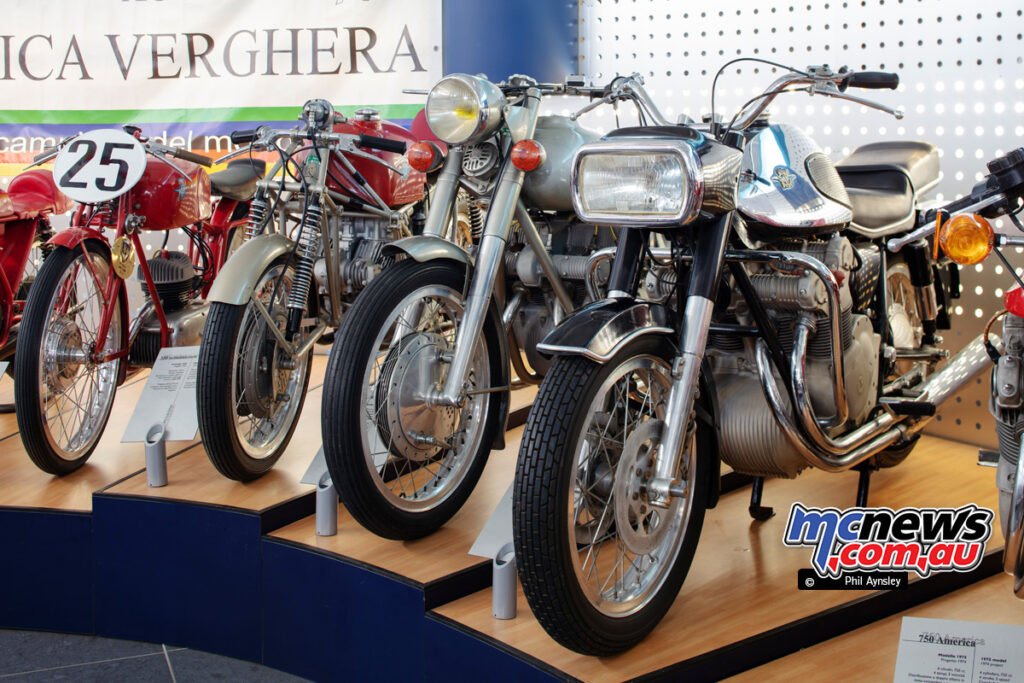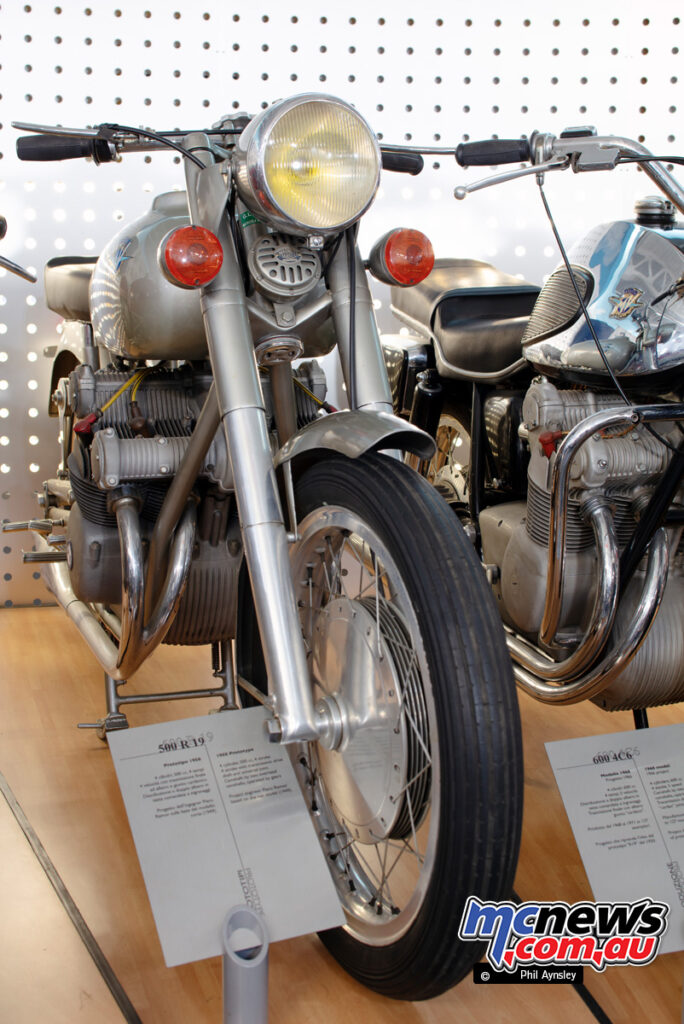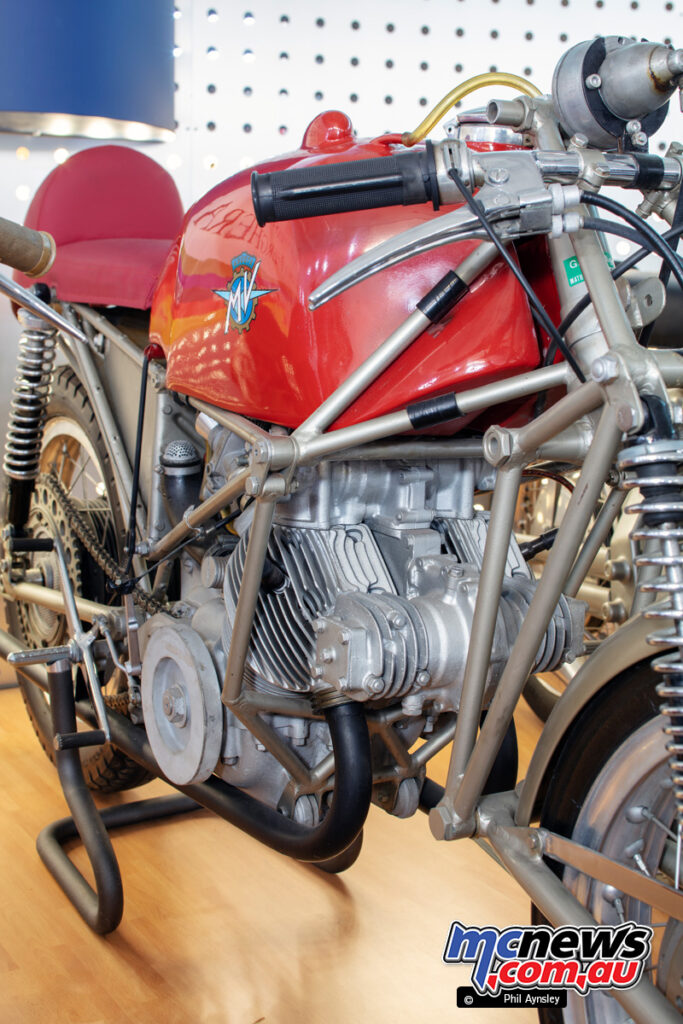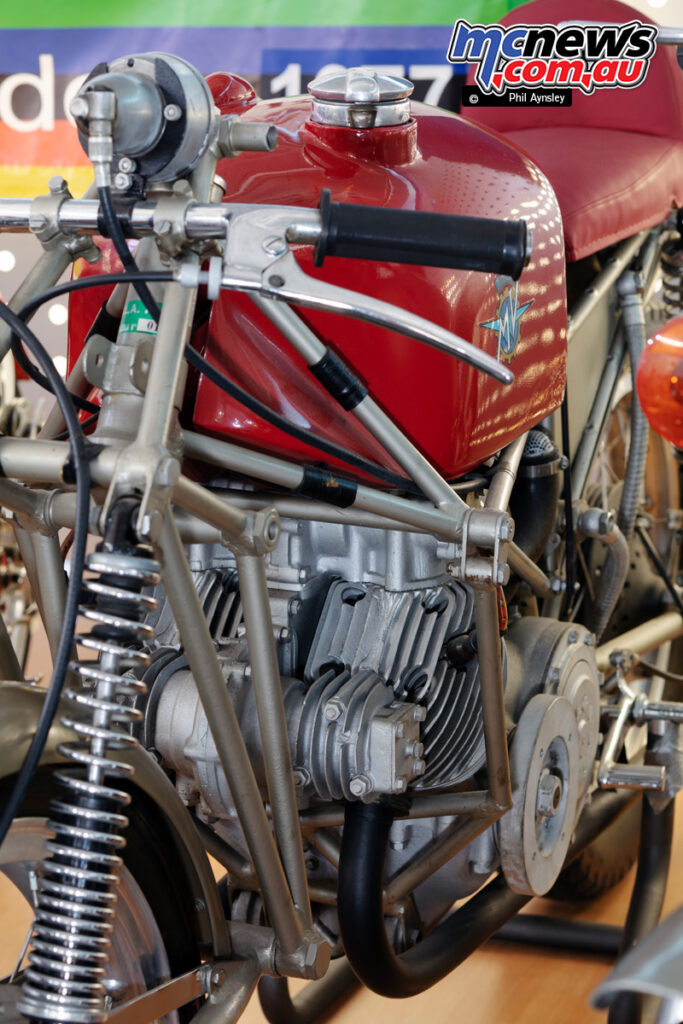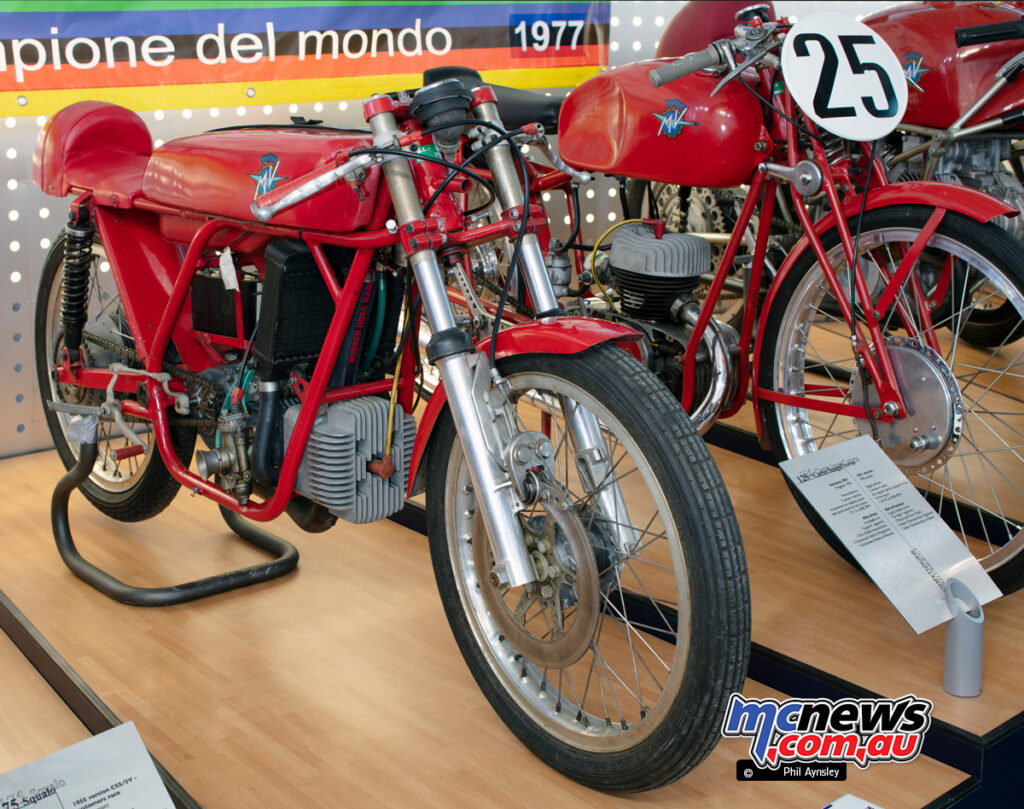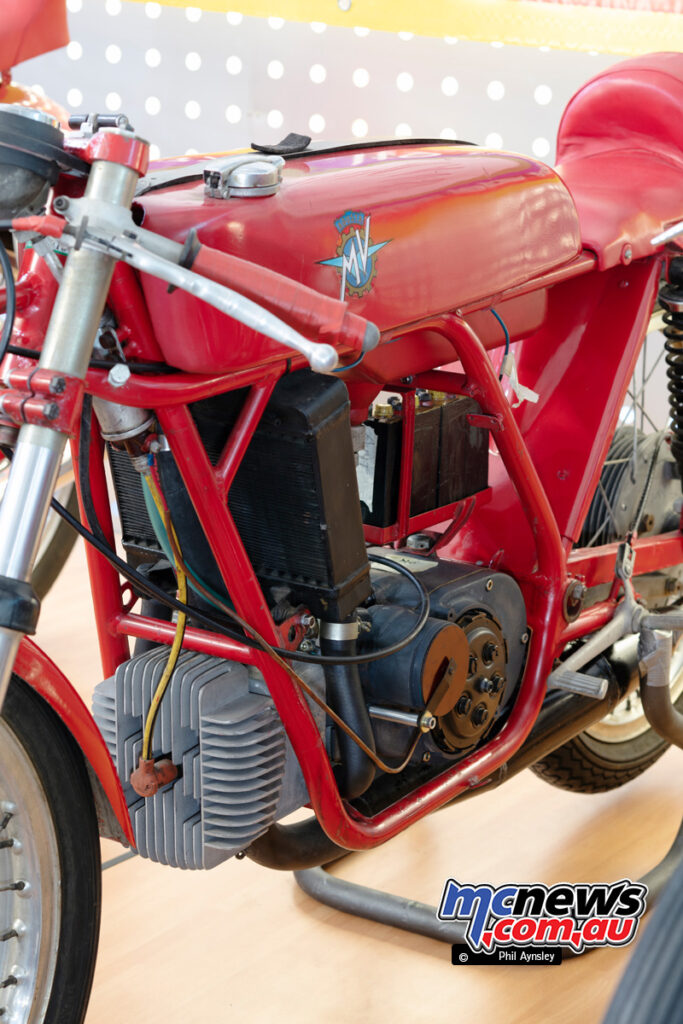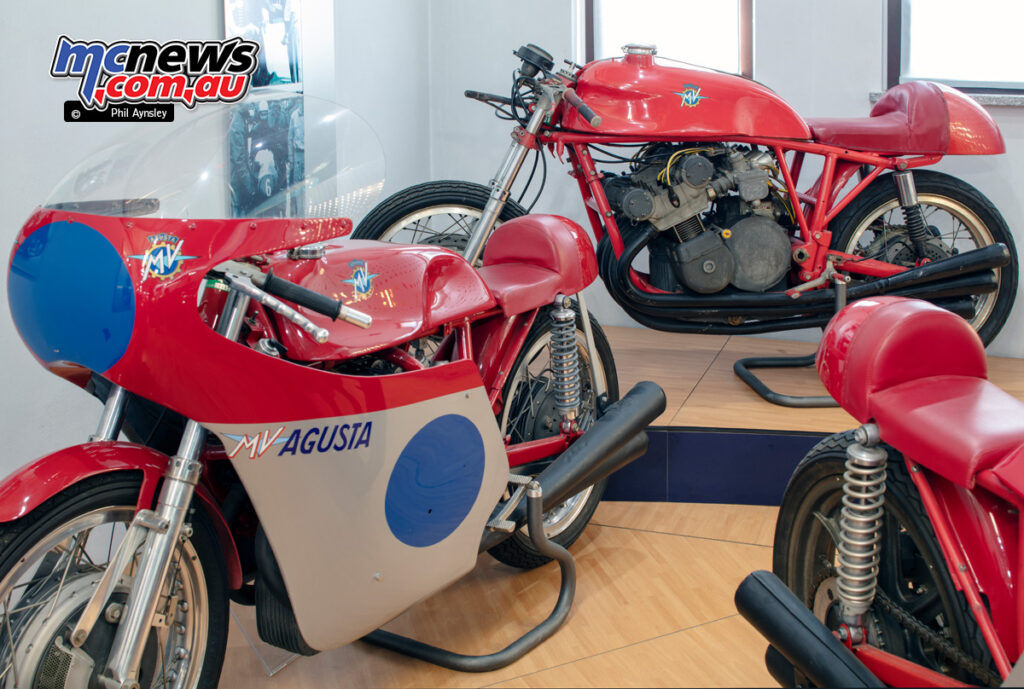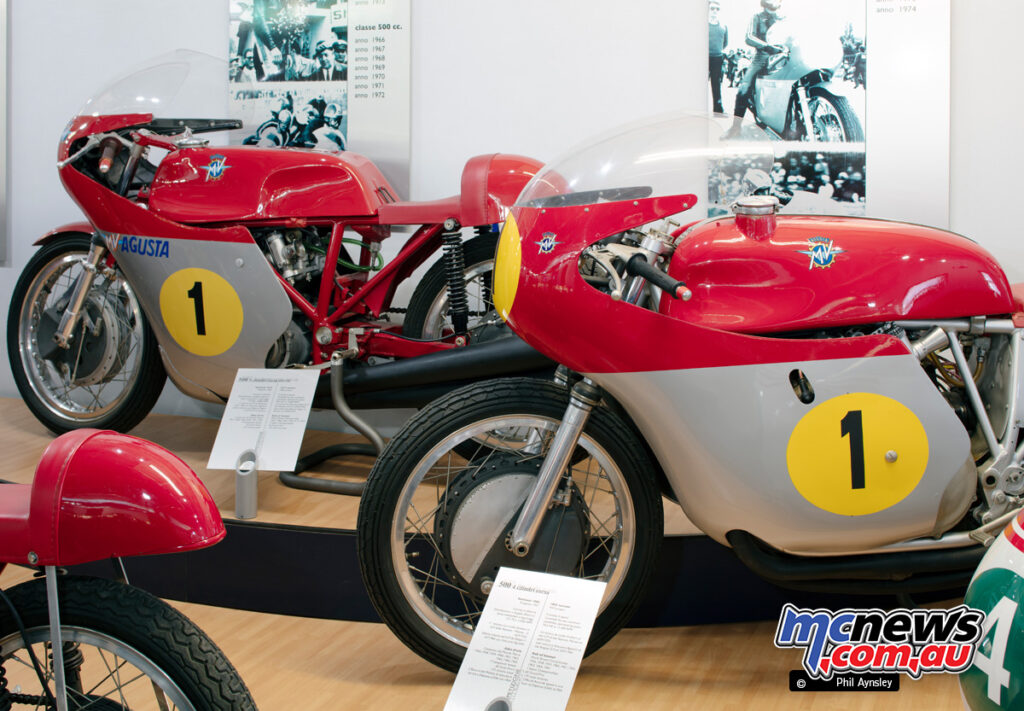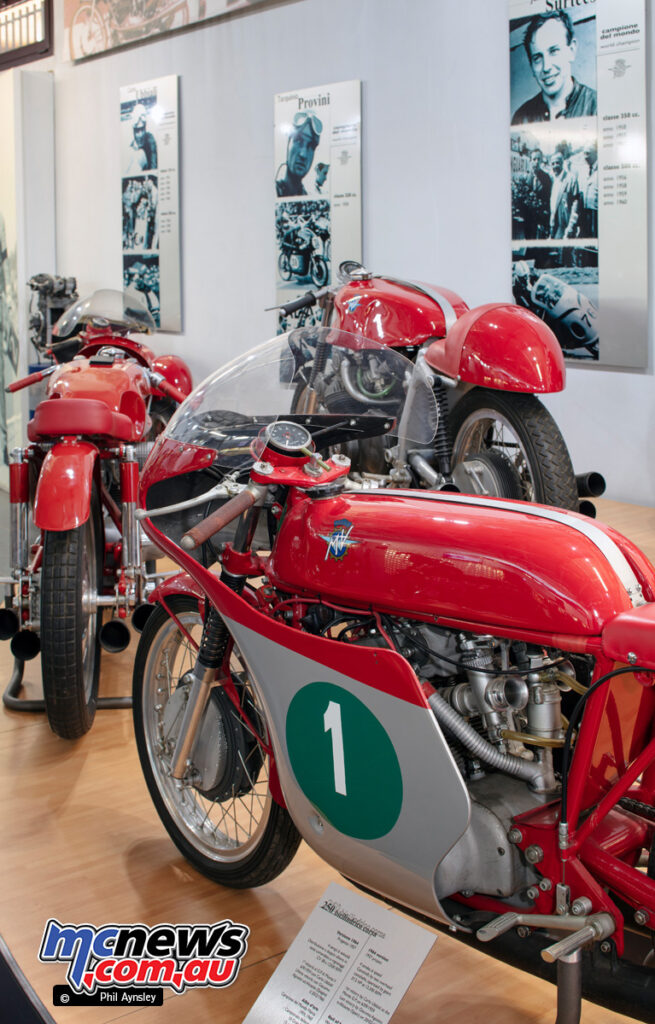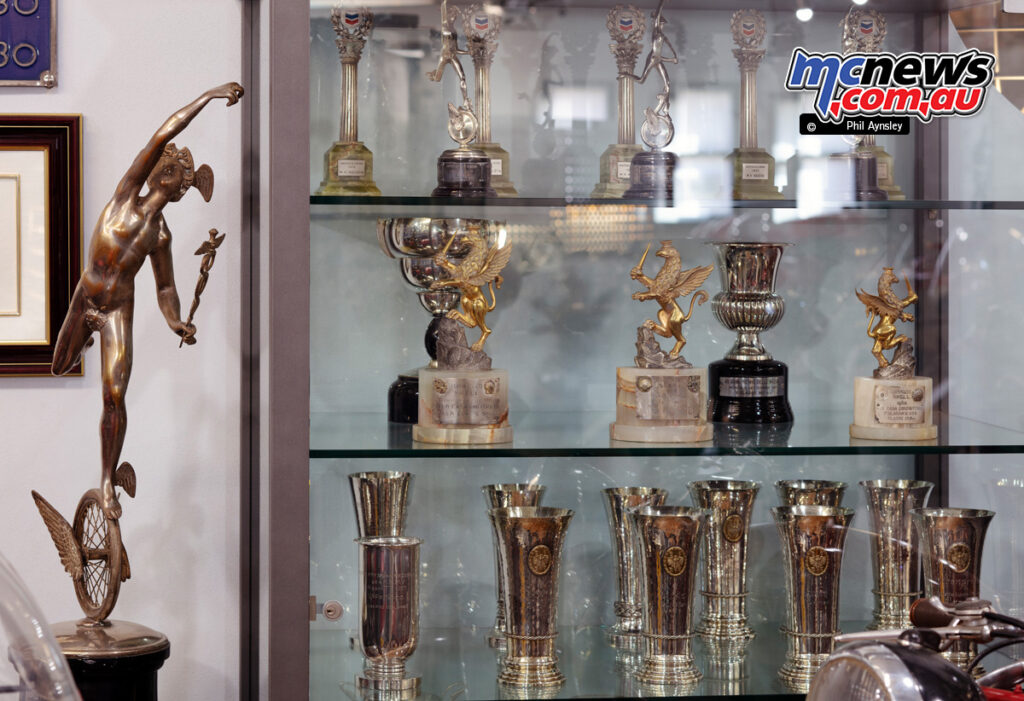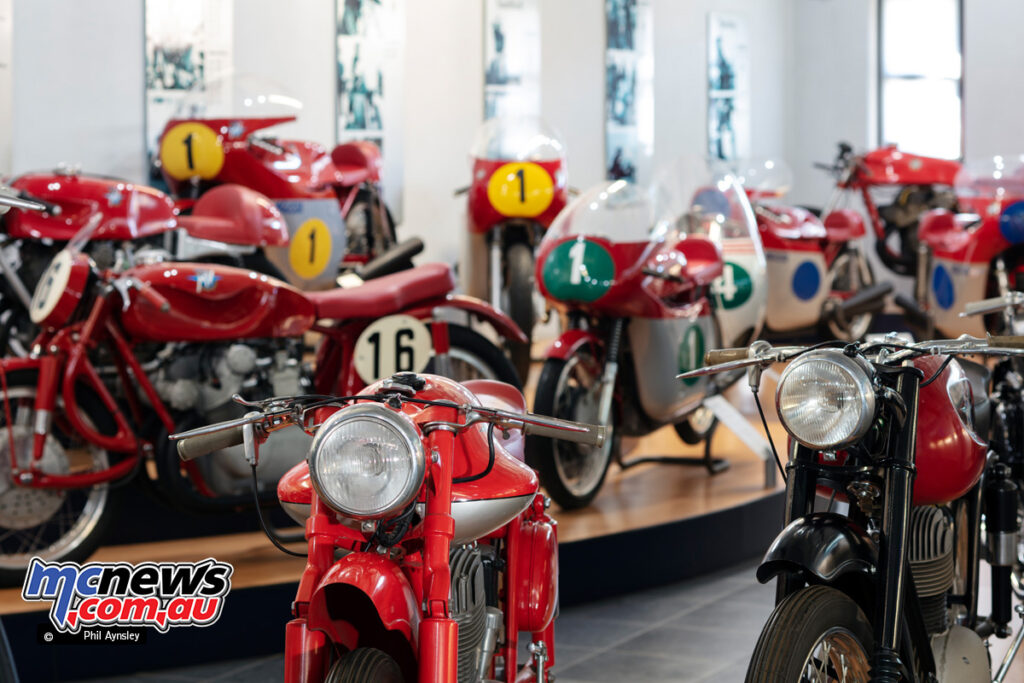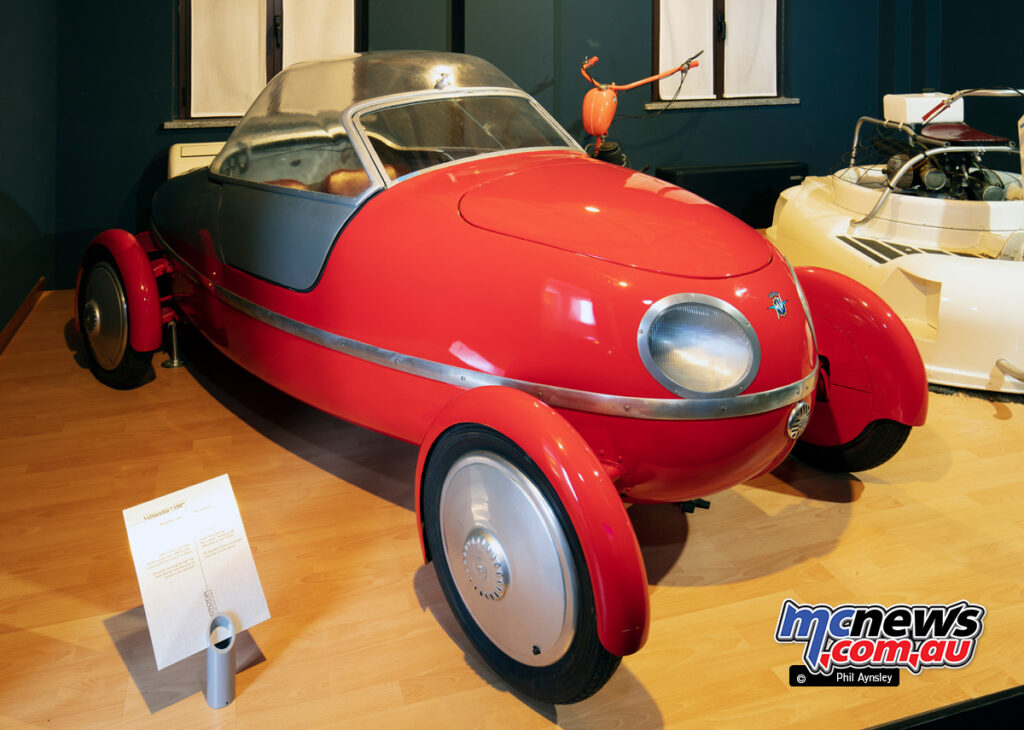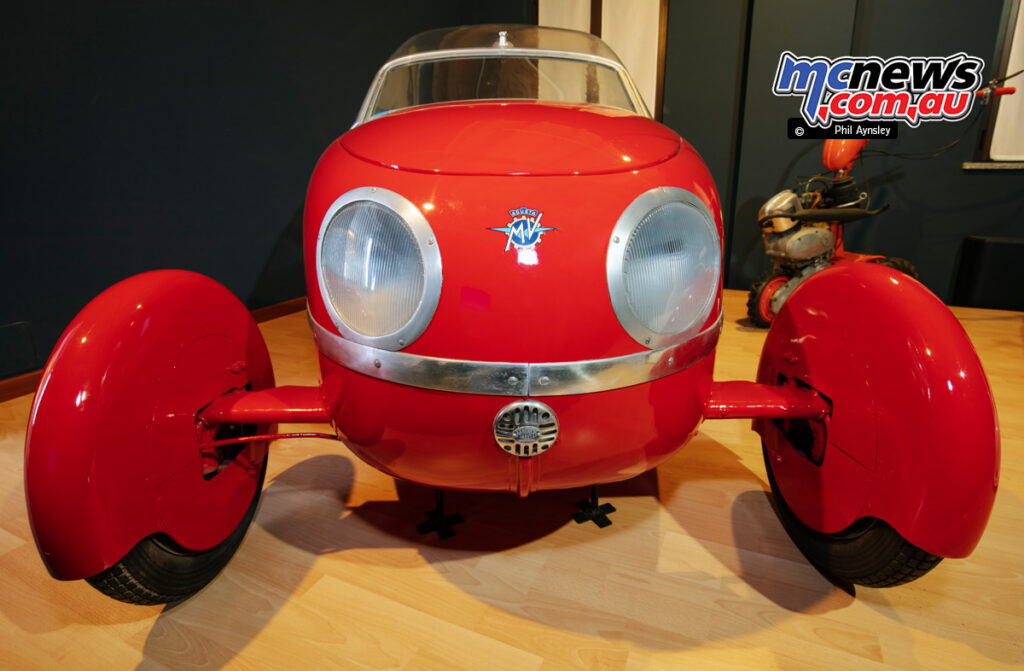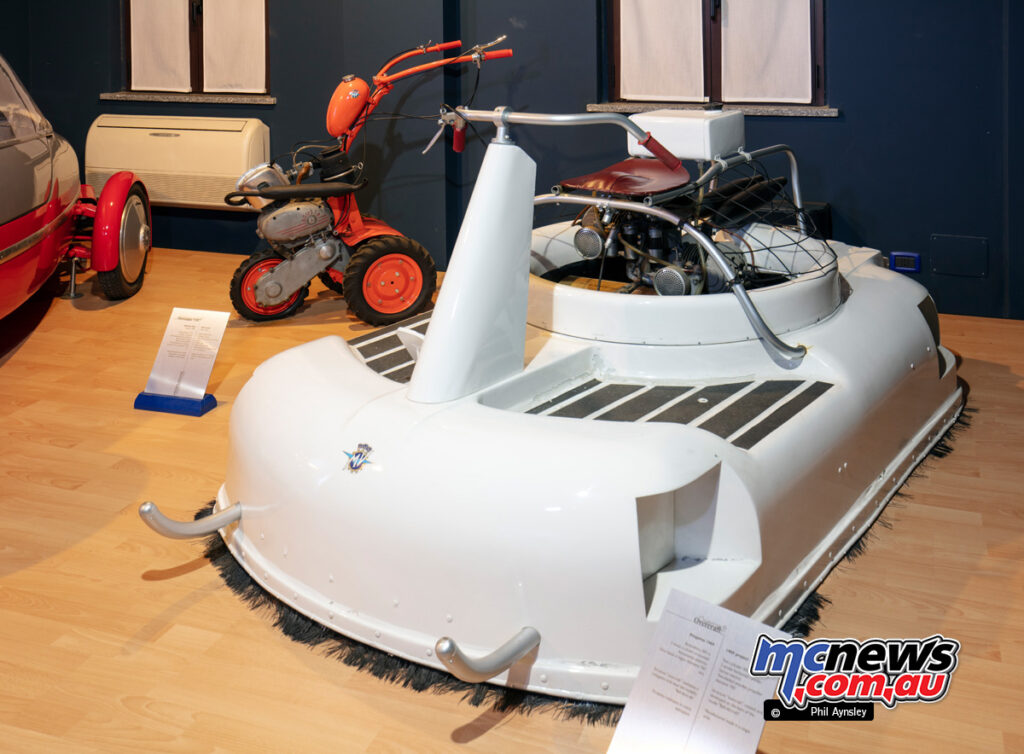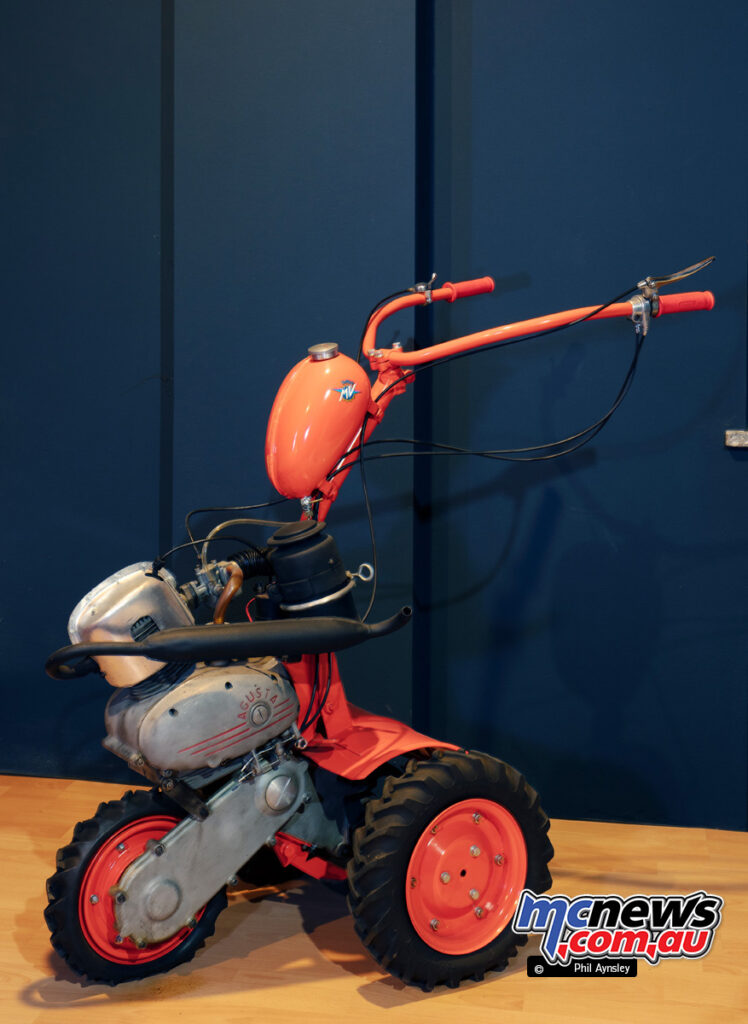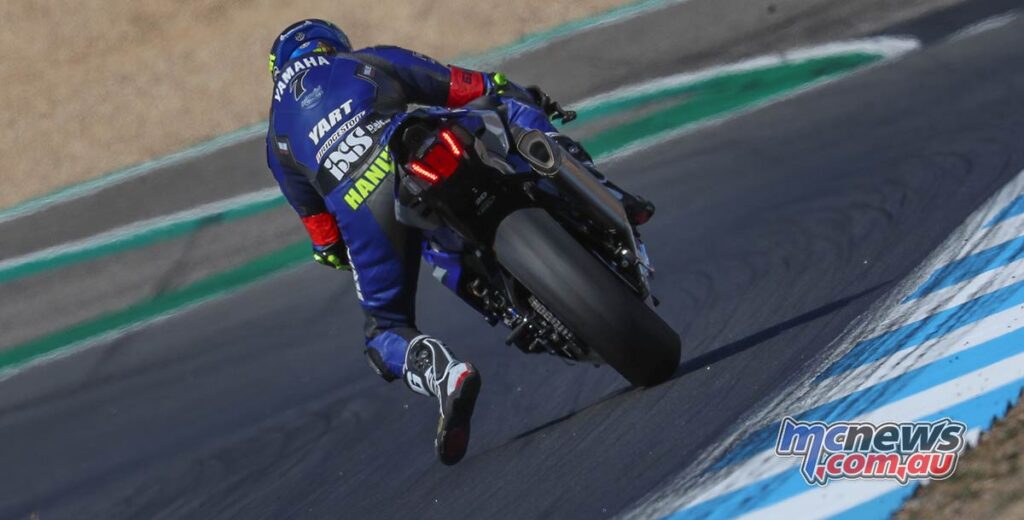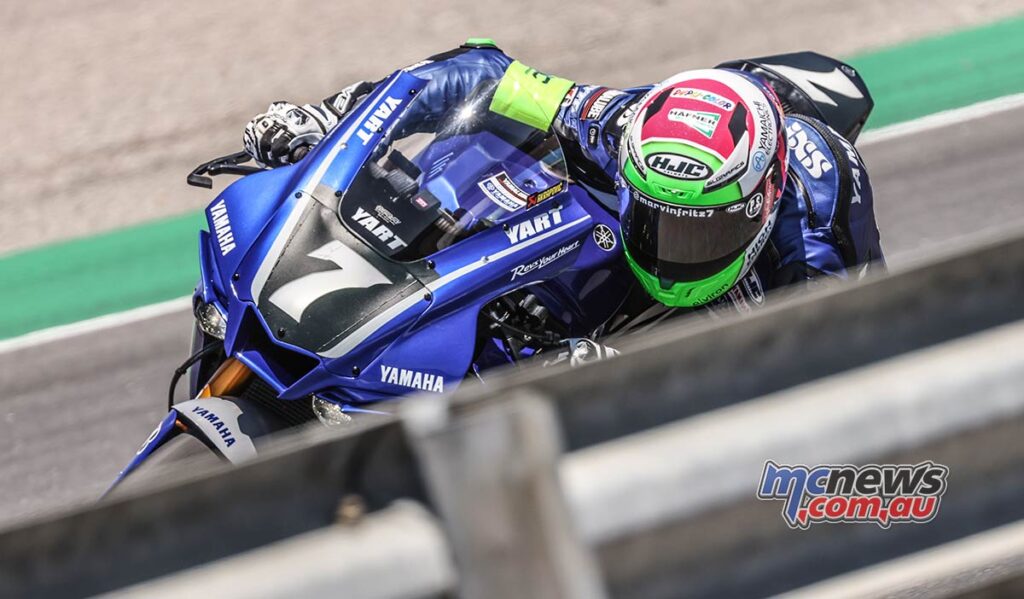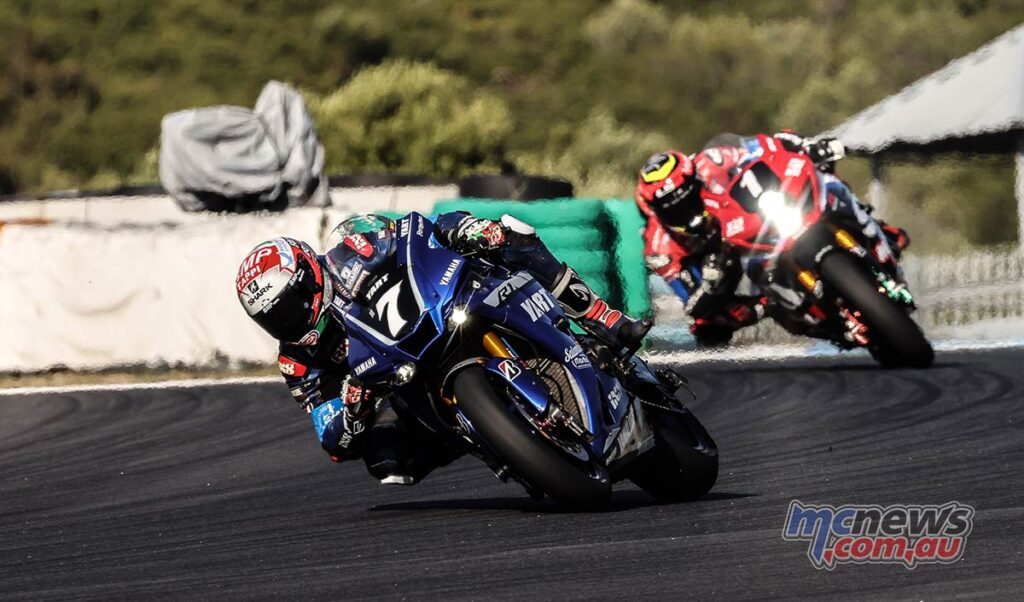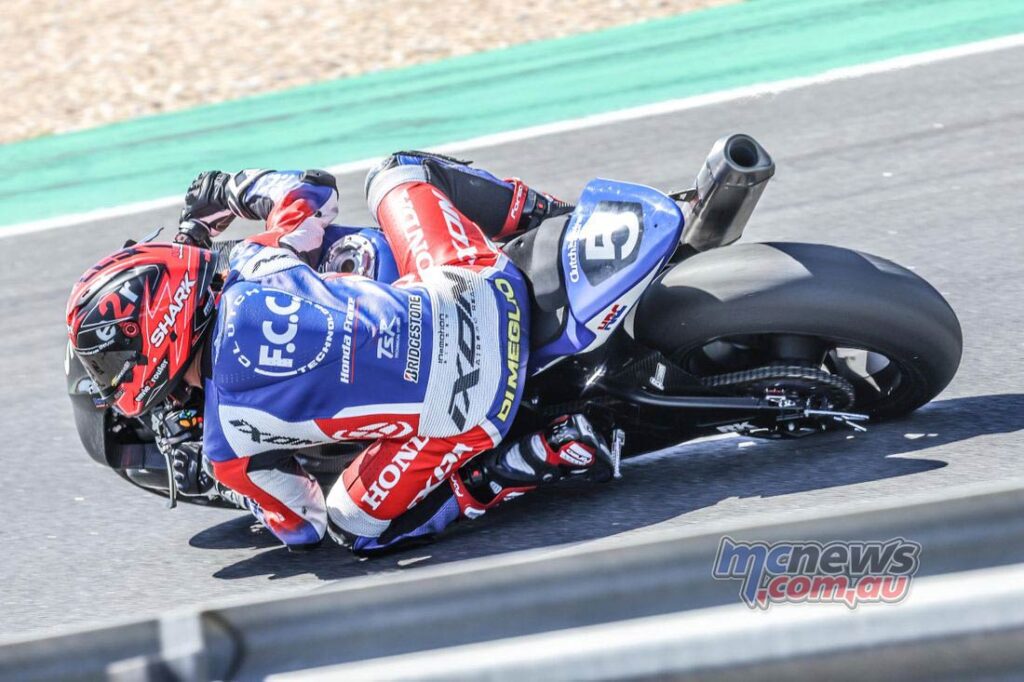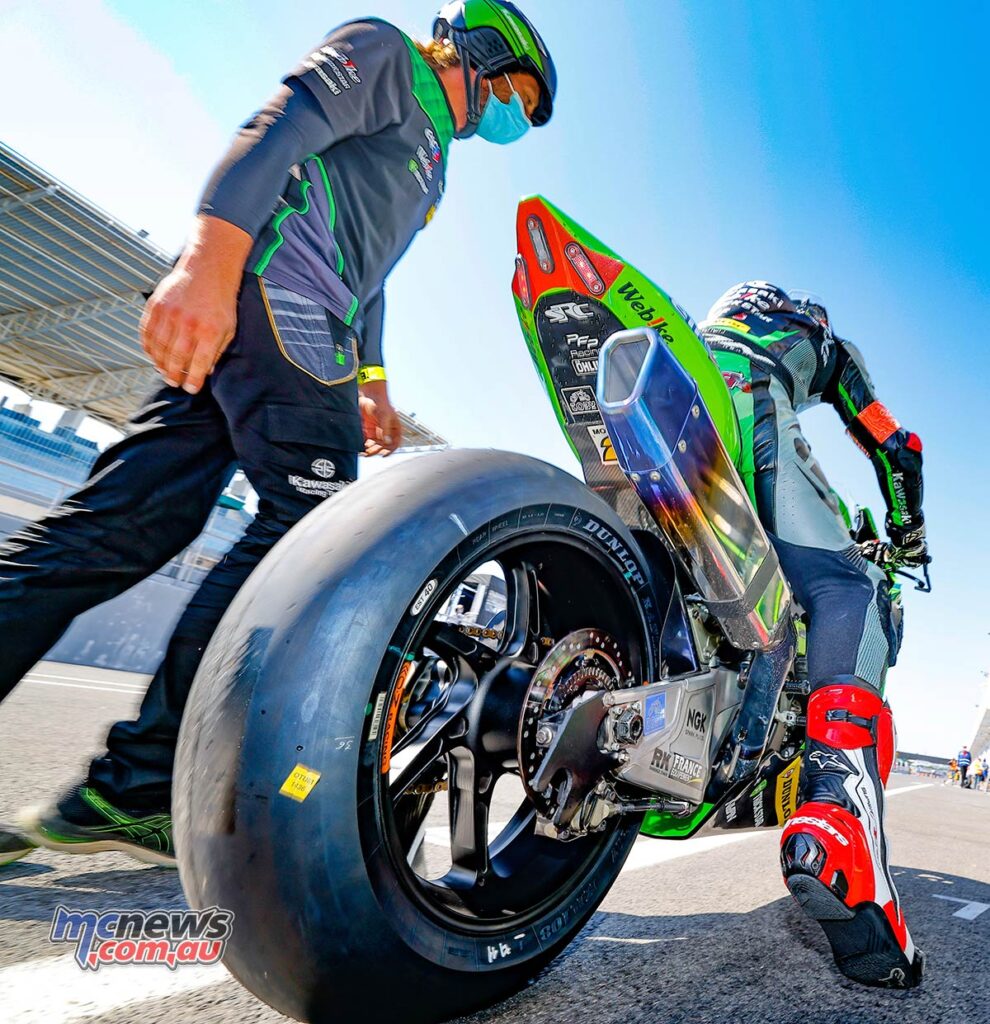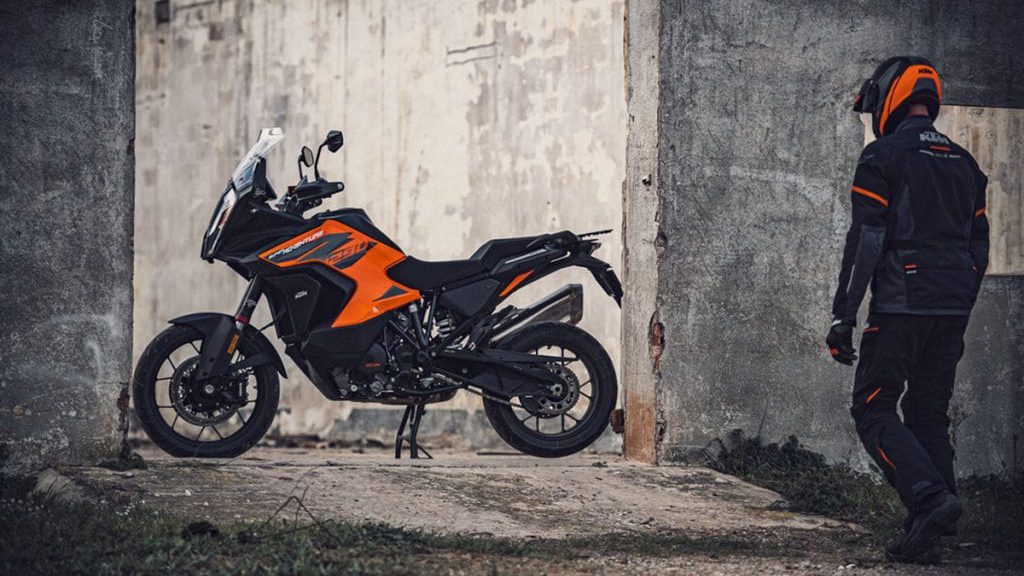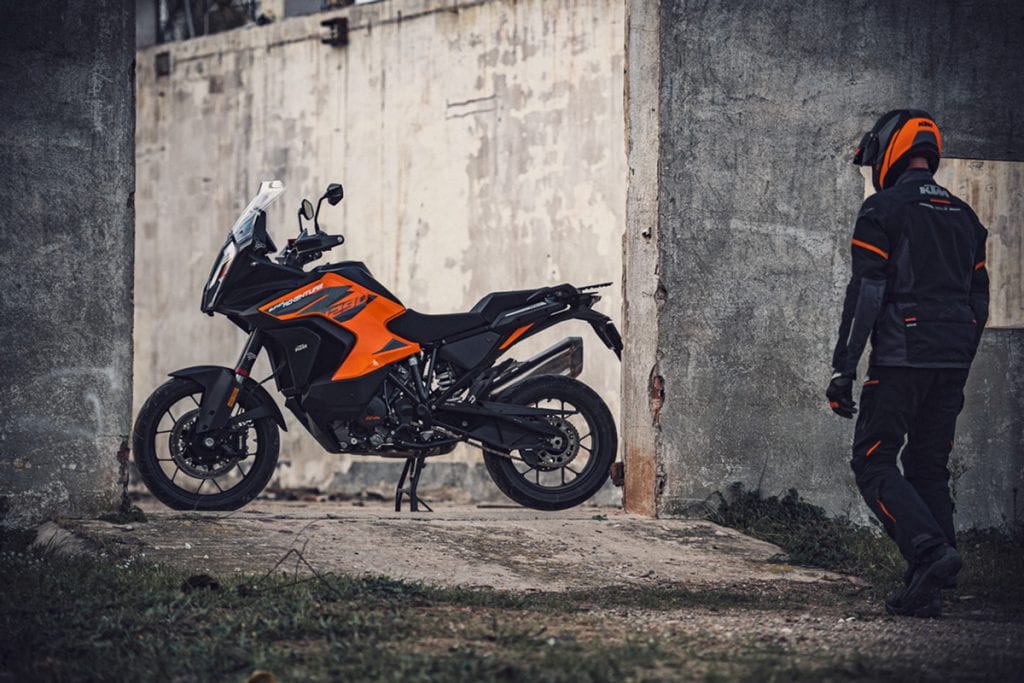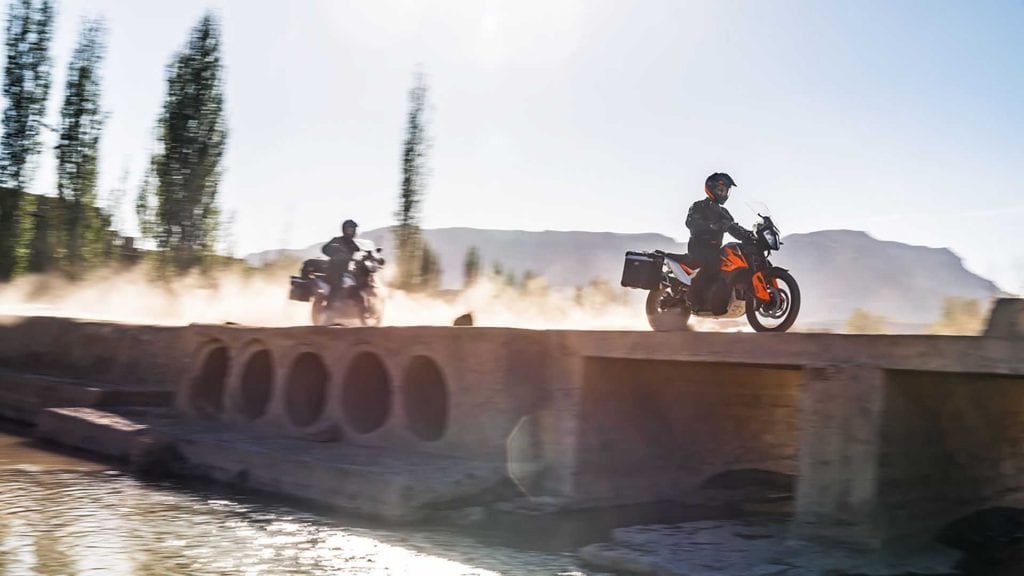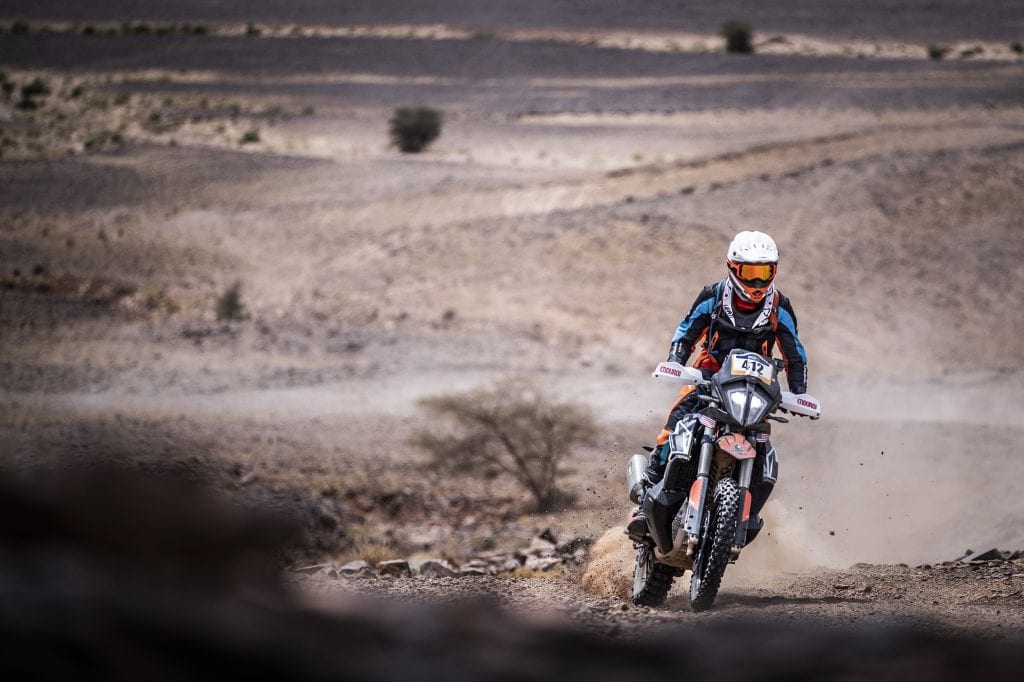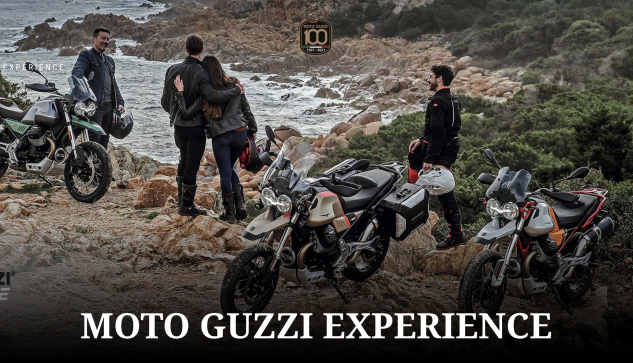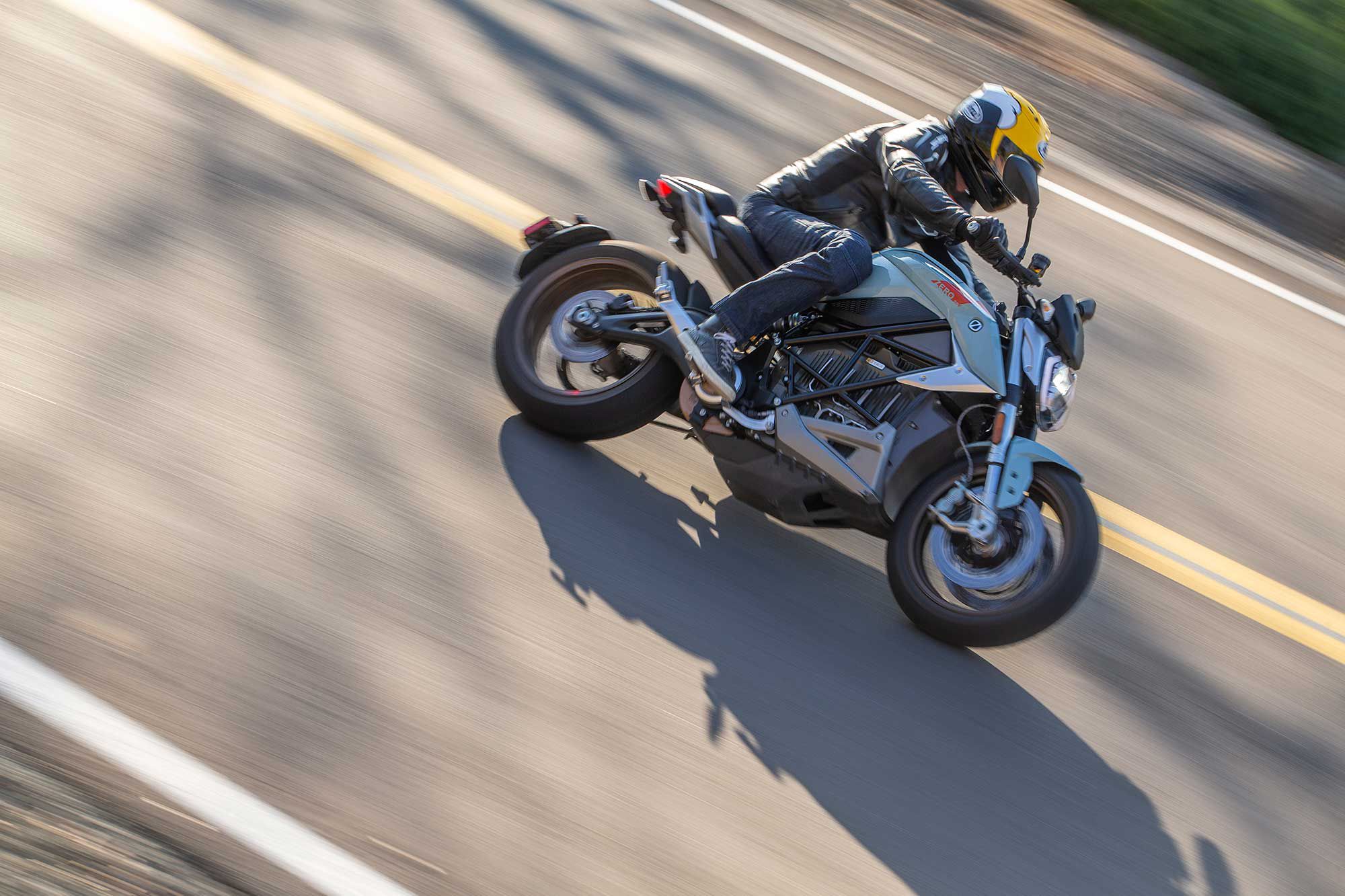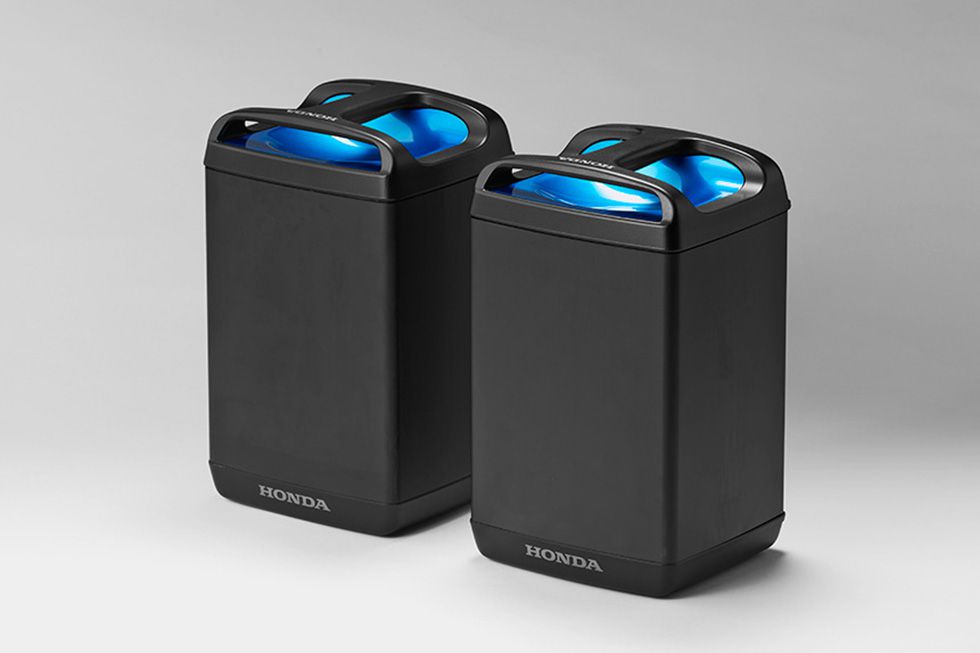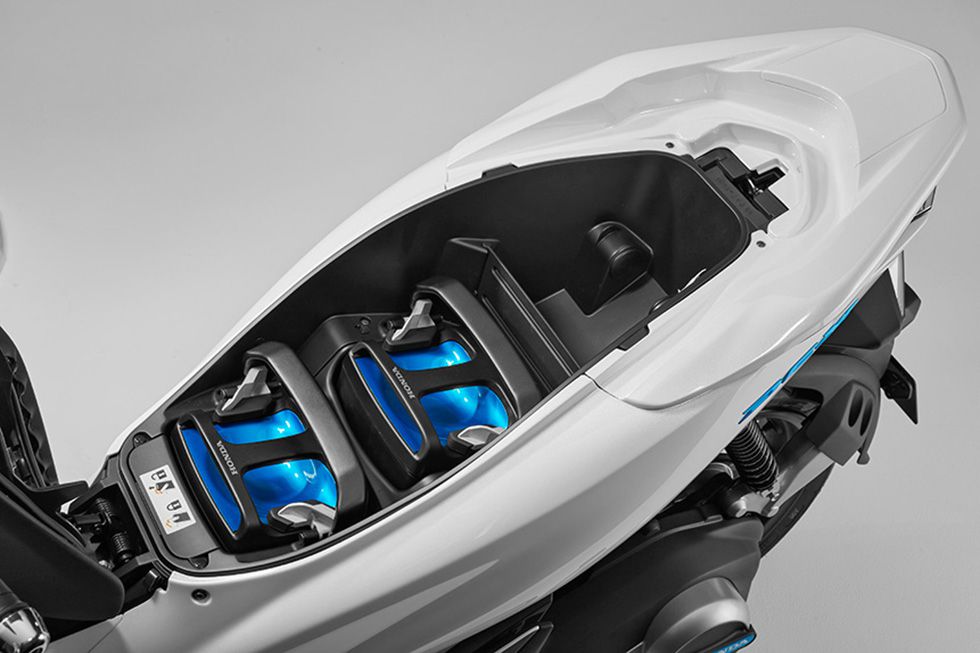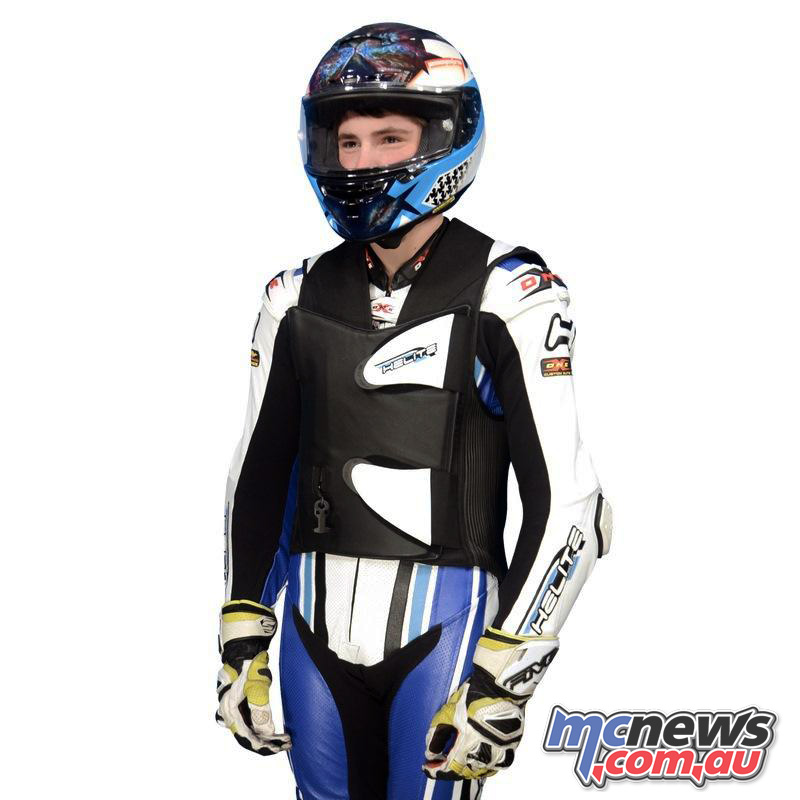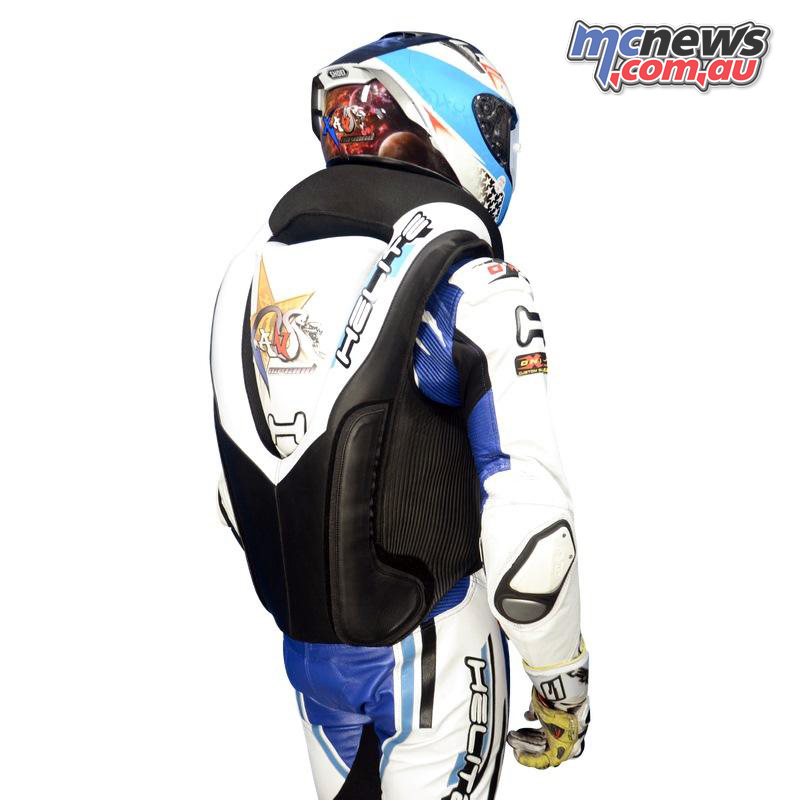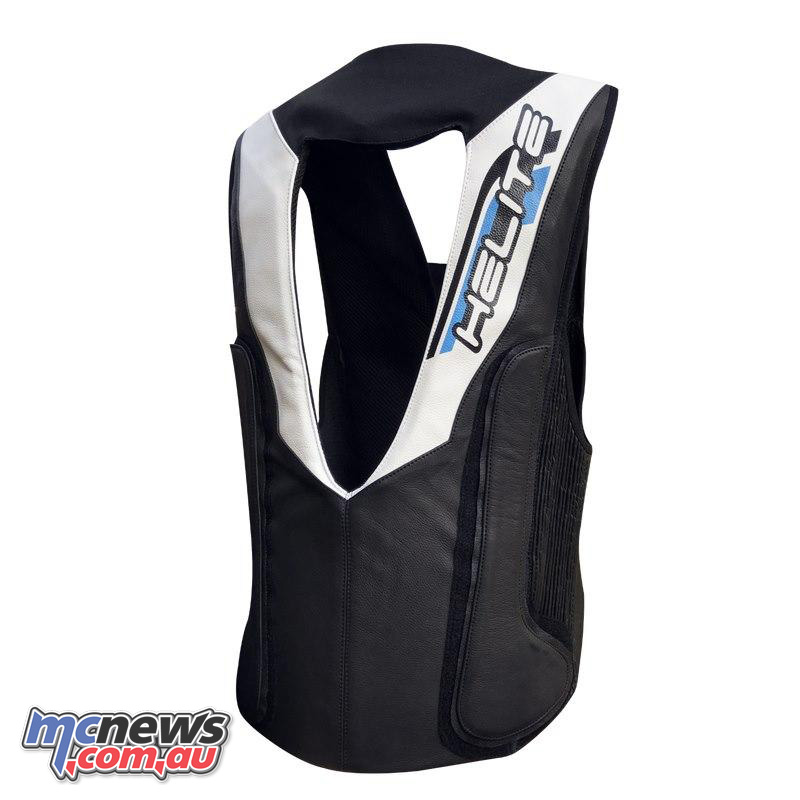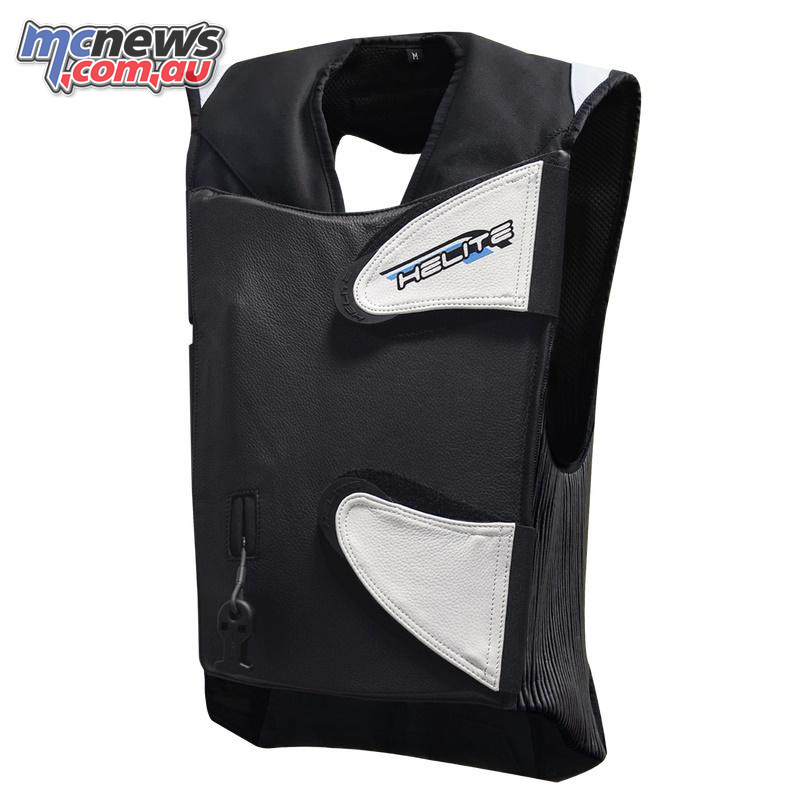2021 FIM Endurance World Championship
12 Hours of Estoril
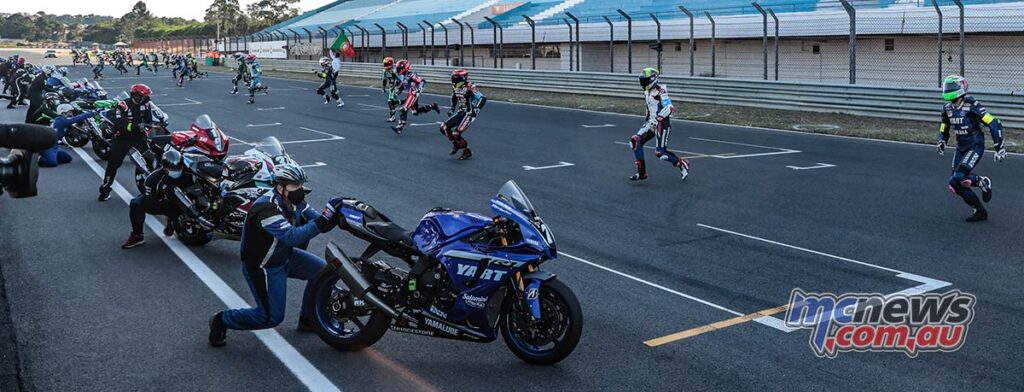
It was a busy start to the 12 Hours of Estoril as Gregg Black took the early lead on the SERT Suzuki ahead of Mike Di Meglio on the F.C.C. TSR Honda and the BMW mounted Javier Fores. YART had completely dominated qualifying but Marvin Fritz was slow out of the blocks in seventh.
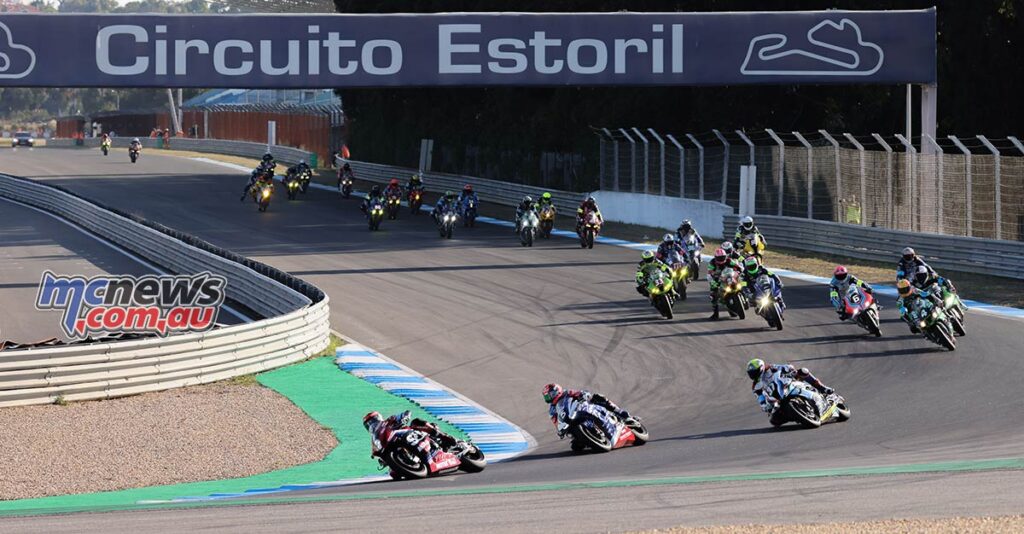
The leading trio of SERT, Honda and BMW immediately started to break away from the field and Di Meglio slid the Honda through to the lead on lap two. Fores then took the lead on the BMW after passing both Black and Di Meglio.
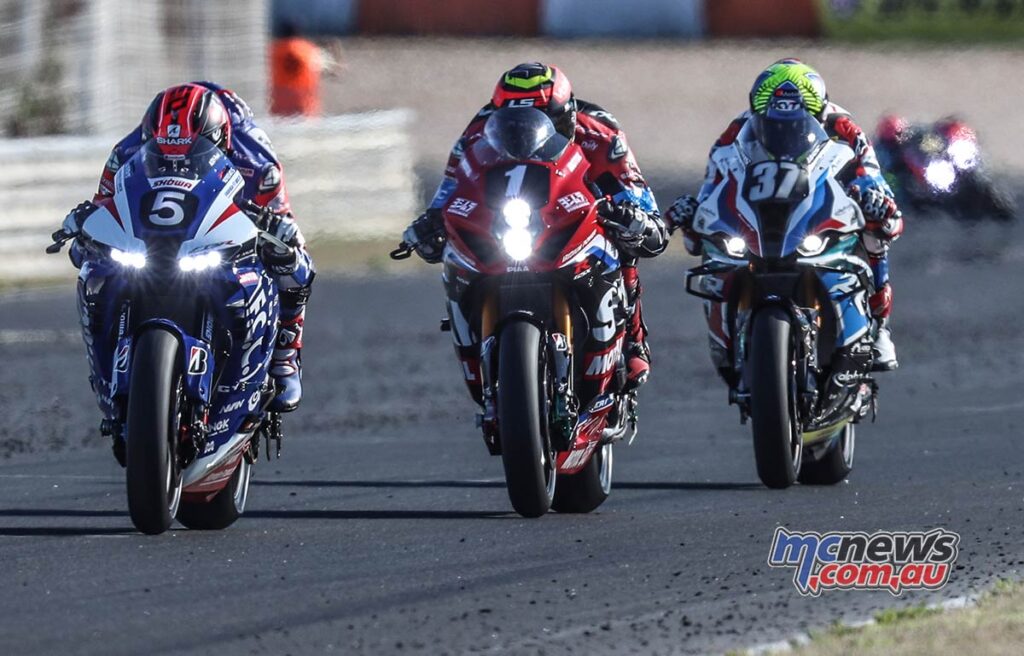
Fritz was slowly working his way forward and by the 15-minute mark had joined that leading trio. The YART entry passed the SERT bike, then the Honda after setting a new fastest lap on lap ten. Fores had a three-second lead on the BMW M1000RR and kept the YART YZF-R1M at bay until around the 50-minute mark where it became clear that the rear Dunlop on the BMW had nothing left to give.
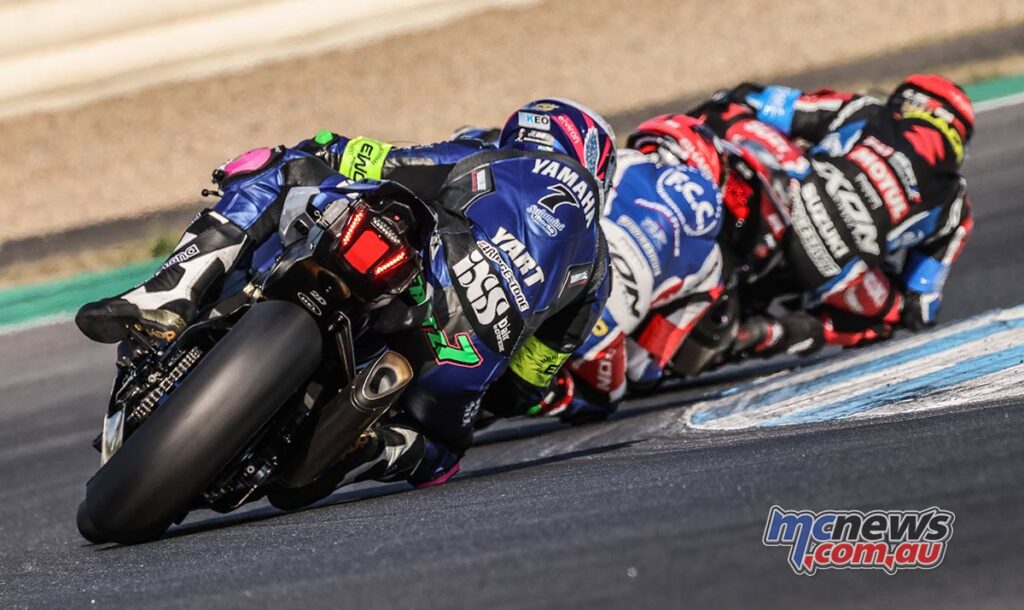
YART entered the pits at 53 minutes for fuel and fresh rubber and Canpea took the controls of the YZF-R1M but the bike refused to fire at first which cost them a couple of extra seconds. The SERT Suzuki had caught and passed the BMW on track by the 55-minute mark. Honda then took their pit-stop followed by the BMW. SERT were the last to come in at the 59-minute mark where Black handed over to Xavier Simeon.
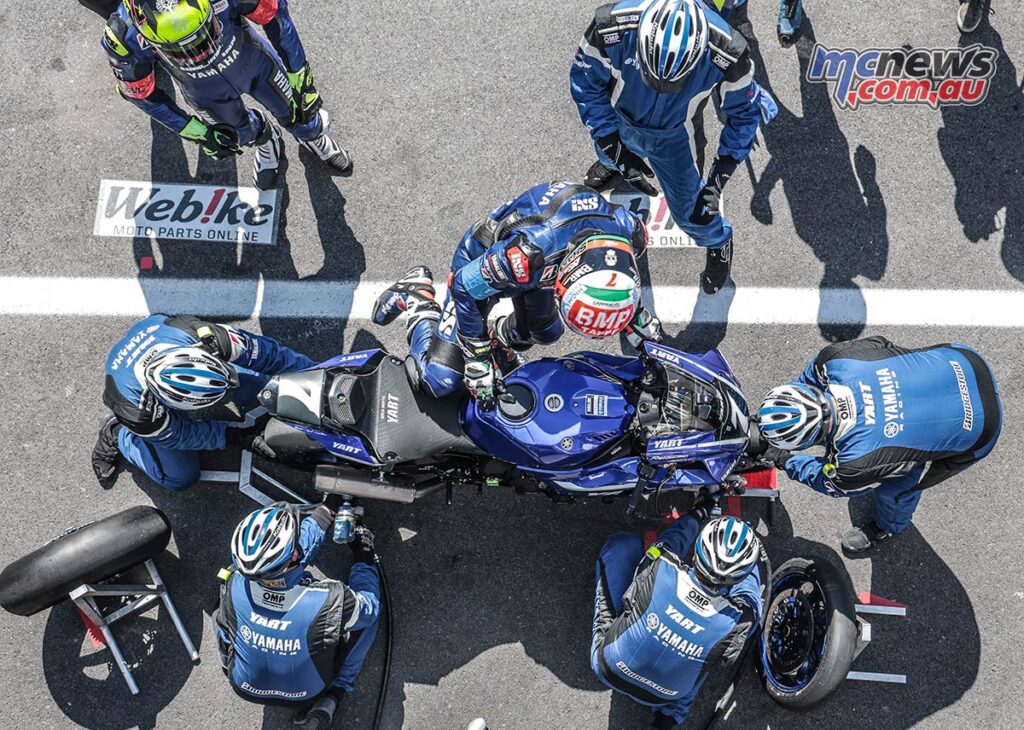
At the end of the second hour SERT led BMW by 47-seconds. That all changed in the next 30-minutes though as Foray fell on the BMW which promoted YART up into second place.
BMW spent more than four-minutes in the pit garage repairing the M1000RR before they rejoined the race in 19th position.
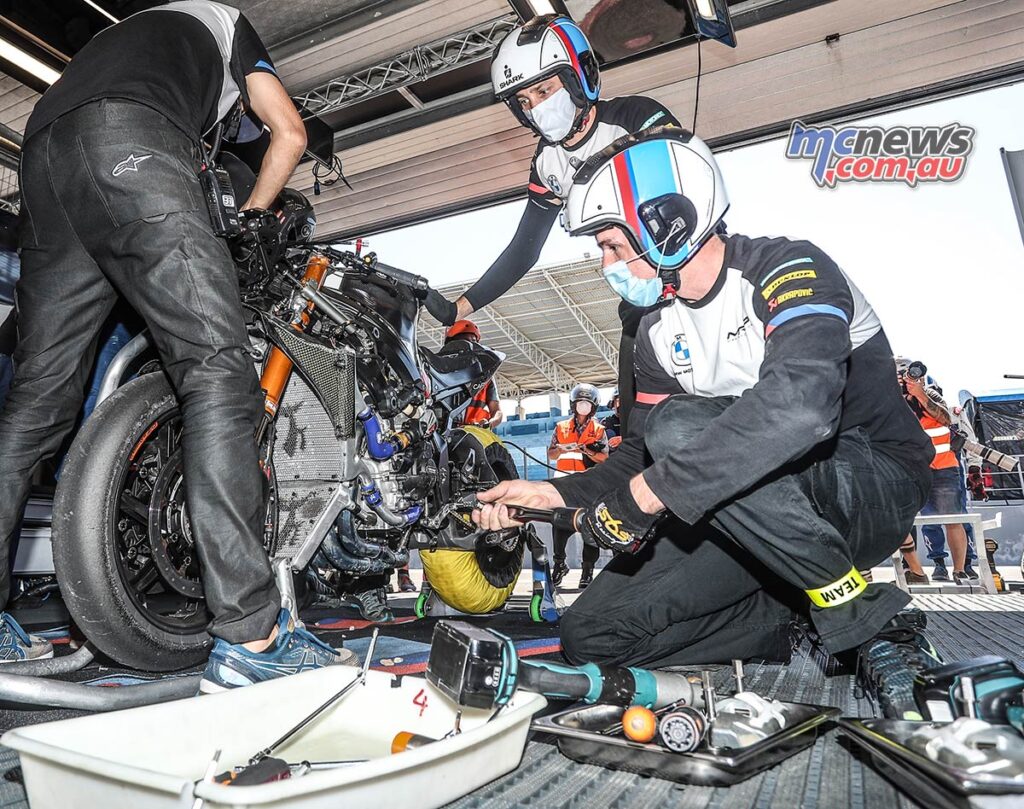
Karel Hanika on the YART YZF-R1M had started to close in on the SERT GSX-R1000R being ridden by Sylvain Guintoli. The pair were both riding brilliantly and navigating lapped traffic, the gap between them ebbing and flowing accordingly as they threaded their needles through the traffic. Then 2-hrs-45-mins into the race Guintoli lost the front while leading which handed the race lead over to Hanika and his YART squad then chose that moment to call him into the pits where he handed over to Marvin Fritz. Guintoli had picked up the GSX-R1000R and rode straight into the SERT pit garage for repairs.
Suzuki technicians replaced the right clip-on and various other components while the bike was in the garage, they lost around six-minutes in the pits before rejoining the race in 15th place.

The track temperatures had been hotting up as the race progressed and riders were really starting to slide around towards the end of their stints as the tyres wore.
Just before the three-hour mark Josh Hook pitted the F.C.C. TSR bike to hand over to Mike Di Meglio. The Honda squad were in third place, 30-seconds behind the WeBike SRC Kawasaki squad while YART in-turn led the Kawasaki by just under 30-seconds.
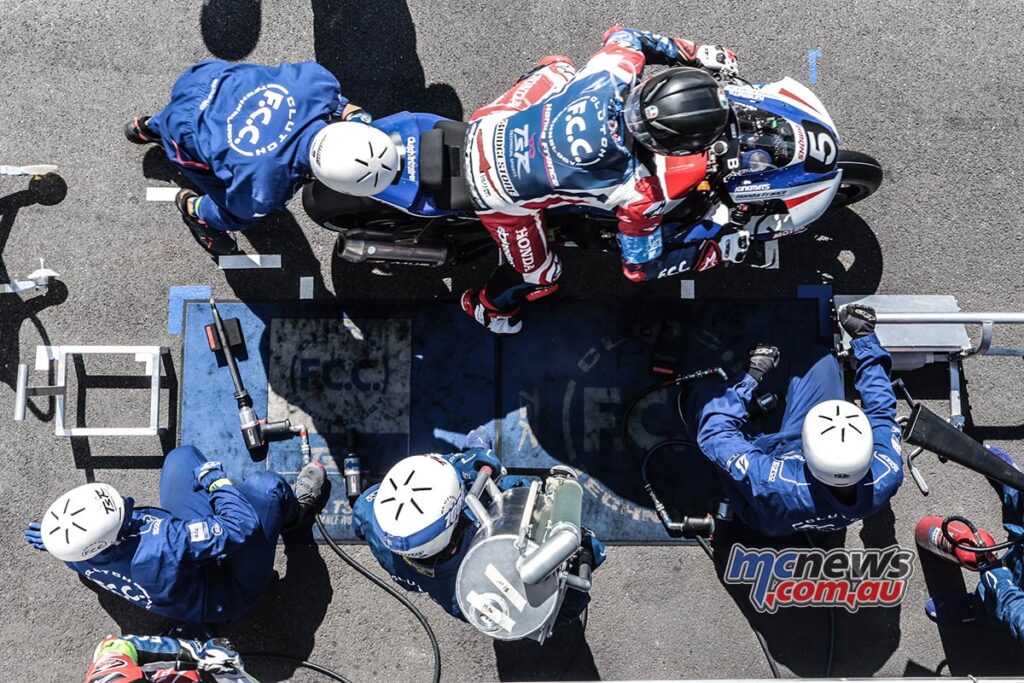
Four-hours in and YART led F.C.C. TSR Honda by a lap and the WeBike SRC Kawasaki was now in third place, a further 35-seconds behind. SERT had worked their way back up to tenth place and Simeon was on the GSX-R1000R. Niccolo Canepa was on the leading YART bike, Takahashi was on the Honda while Nigon had the controls of the WeBike SRC Kawasaki.
F.C.C. TSR Honda led the race at the five hour mark by a lap over YART. SERT were back up to eighth while BMW Motorrad Endurance were recovering well from their early mishap and were now up to 11th place.
At the halfway mark Josh Hook had just completed his second stint on the F.C.C. TSR Honda and handed the reins over to Mike Di Meglio. That saw the Honda squad relegated back to third while YART led the WeBike SRC Kawasaki. SERT were now up to sixth and BMW in eighth.
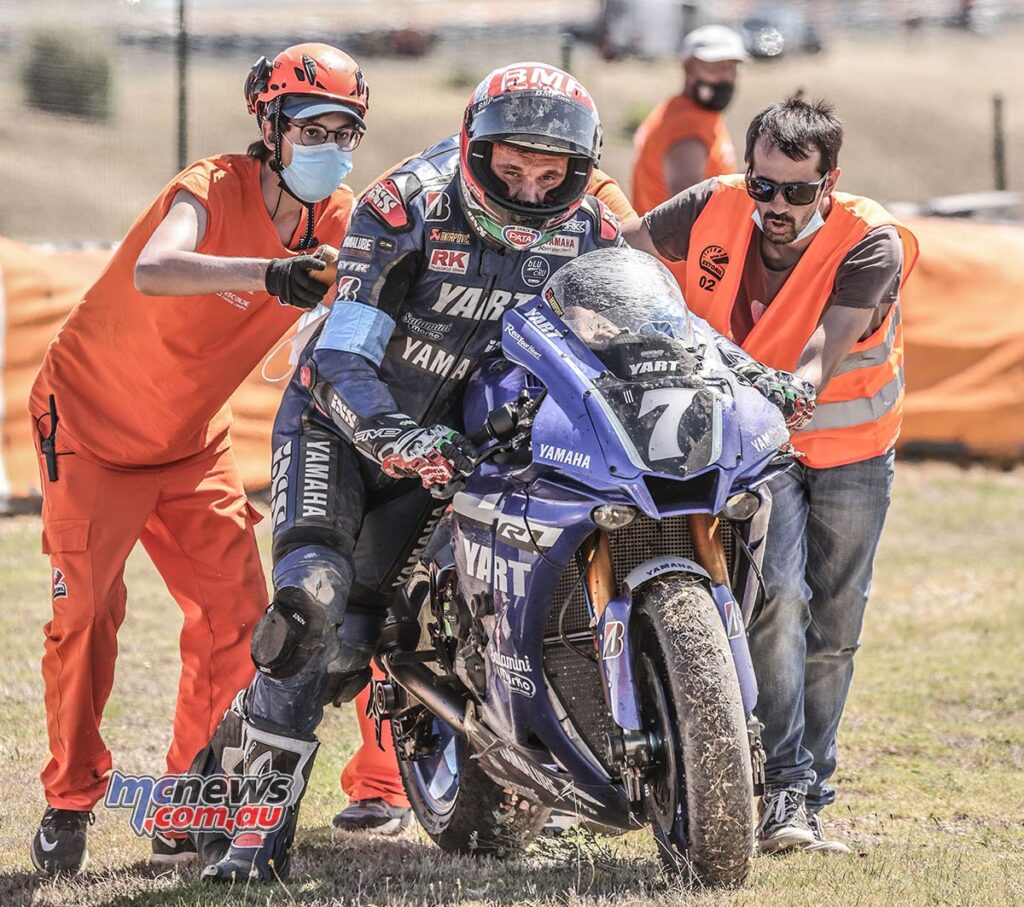
YART looked to be on course for victory but a mistake by Niccolo Canepa when struggling with worn tyres half-an-hour into the second half of the 12-hour race put himself and the YZF-R1M on the deck.
It took a few minutes for the bike to be transported back to the pits in a van. Once back to the garage it took the YART technicians another ten-minutes or so before they eventually rejoined the race in 19th place.
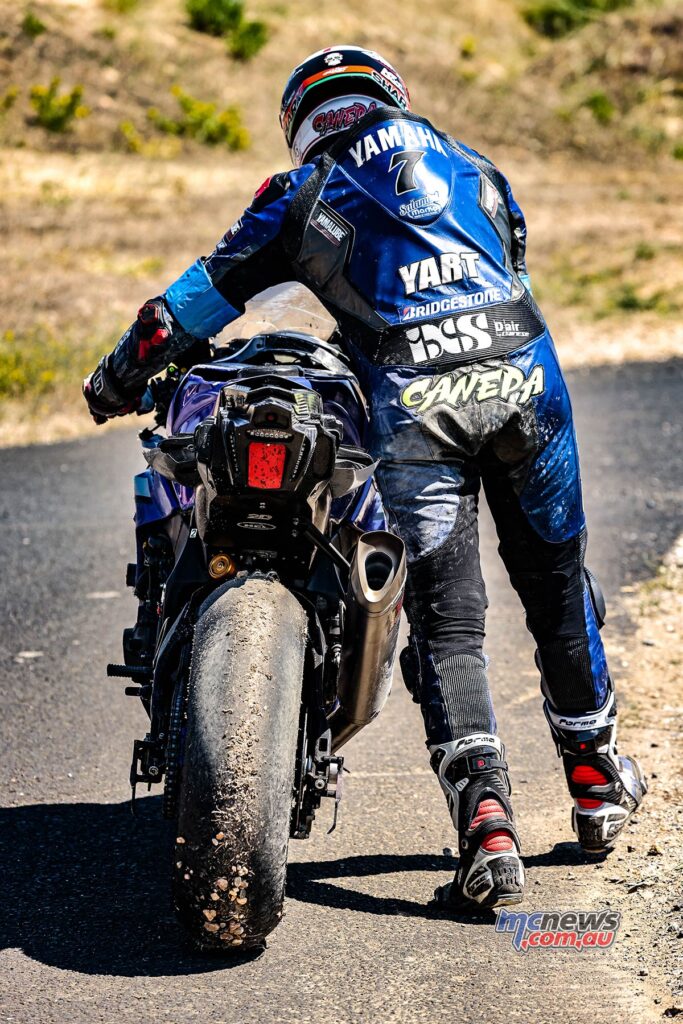
Then just after the seven-hour mark Xavier Simeon crashed the SERT bike, colliding with the then fourth placed Tati Team Beringer Kawasaki which put them out of the race.
Of the fast runners now only the WeBike SRC Kawasaki and the F.C.C. TSR Honda had not been down the road and the pair were now first and second while the VRD Igol Experiences entry was now the leading Yamaha in third place.
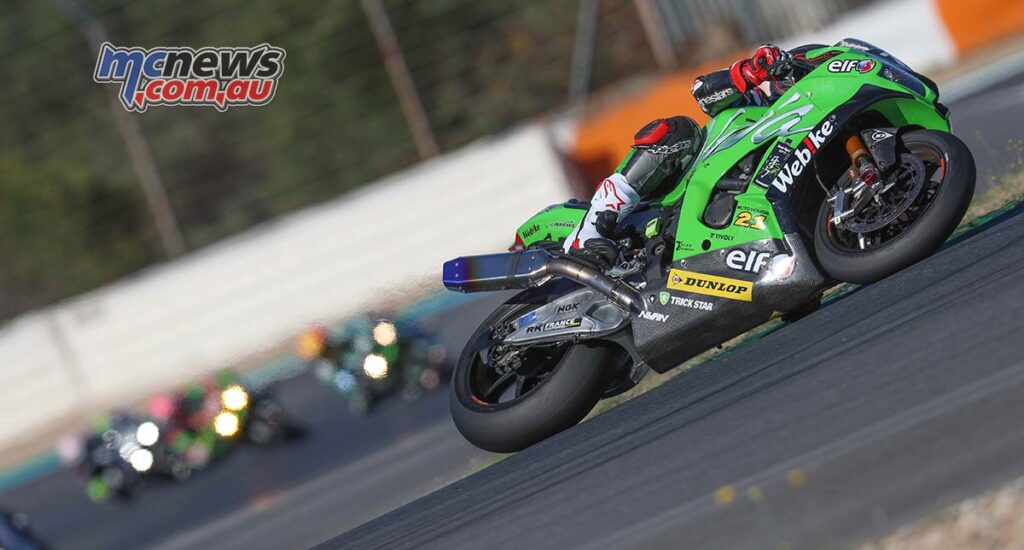
An important ten championship points are awarded to the team leading the race at the eighth hour and those vital points went to WeBike SRC Kawasaki France Trickstar as at that juncture they led the race by a lap over the F.C.C. TSR entry and were now the new favourites for victory. BMW Motorrad had done a brilliant job to claw their way back up to fourth. YART were 14th and SERT down in 24th.
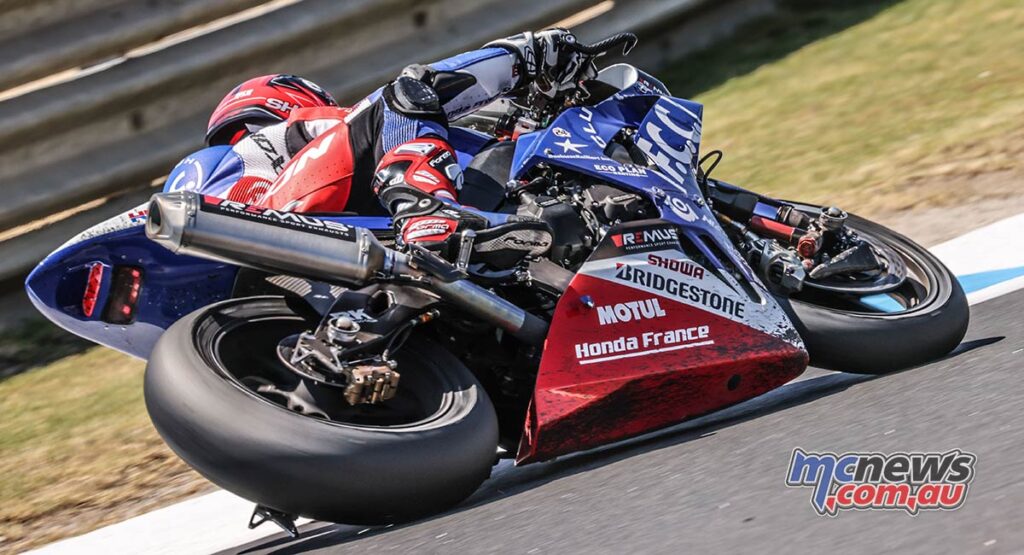
By the tenth hour F.C.C TSR Honda had reduced the gap to the WeBike SRC Kawasaki to less than six-seconds. The VRD Igol Yamaha was still holding down third place ahead of BMW while SERT were now 20th.
Then with just over 90-minutes left in the race Erwan Nigon ran out of fuel on the leading WeBike SRC Kawasaki and he was left to push the bike to a recovery point.
That handed the lead to Yuki Takahashi on the F.C.C. TSR Honda and while the Kawasaki was being returned to the WeBike SRC pit garage the VRD Igol swept through to second place. The Kawasaki did get back out in time to rejoin the race in fourth place, Davide Checa back out on the ZX-10R behind the BMW Motorrad entry.
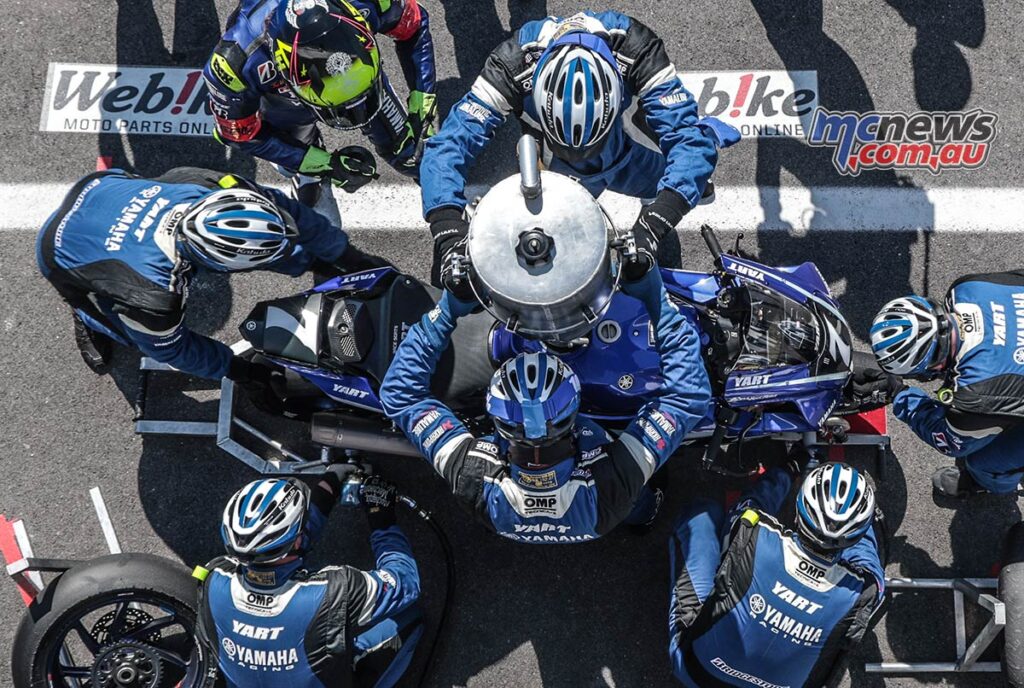
As the race entered its final hour the F.C.C. TSR Honda led the VRD Igol Yamaha by two-laps and the WeBike SRC Kawasaki was back up into third place ahead of BMW. The Moto Ain Yamaha was in fifth ahead of the leading Superstock entry of BMRT 3D Kawasaki. The ERC Ducati was in seventh place ahead of the Bolliger Switzerland Kawasaki and National Motos Honda.
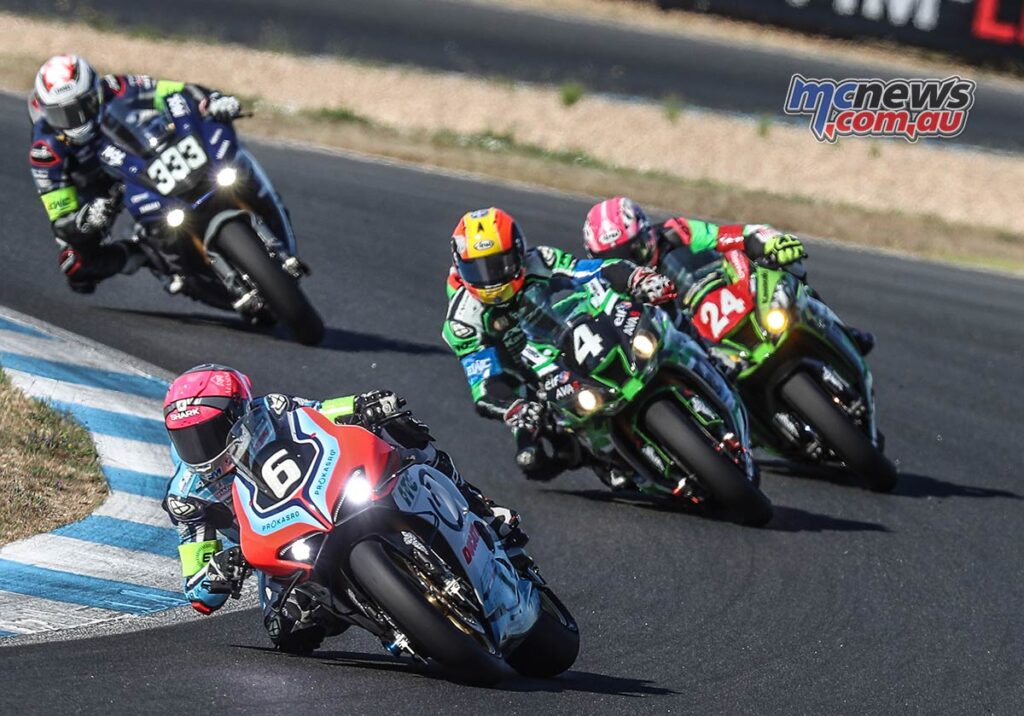
Josh Hook took the controls of the F.C.C. TSR for the final 53-minutes of the race with a two-lap lead and the 28-year-old Aussie had the honour of taking the chequered flag and victory for the French squad. It had been a very trying start to the event for the team but they worked through their problems to become competitive and thus this victory will be very sweet indeed.
VRD Igol Experiences Yamaha were still in the reckoning for second place late in the race but a mistake a few laps from the end meant the Florian Alt, Florian Marino and Nico Terol triumvirate just missed out on a podium. Marino had been under increasing pressure from Guarnoni on the WeBike SRC Kawasaki towards the end of the race and that was what forced his mistake. The pair had been tussling at close-quarters as they un-lapped themselves from the leading Honda with ten-minutes left in the race. Marino then ran off with only four-minutes remaining while taking that battle for second place back up to Guarnoni and by the time he was back on track he had been relegated to fourth place as Markus Reiterberger swept past on the BMW.
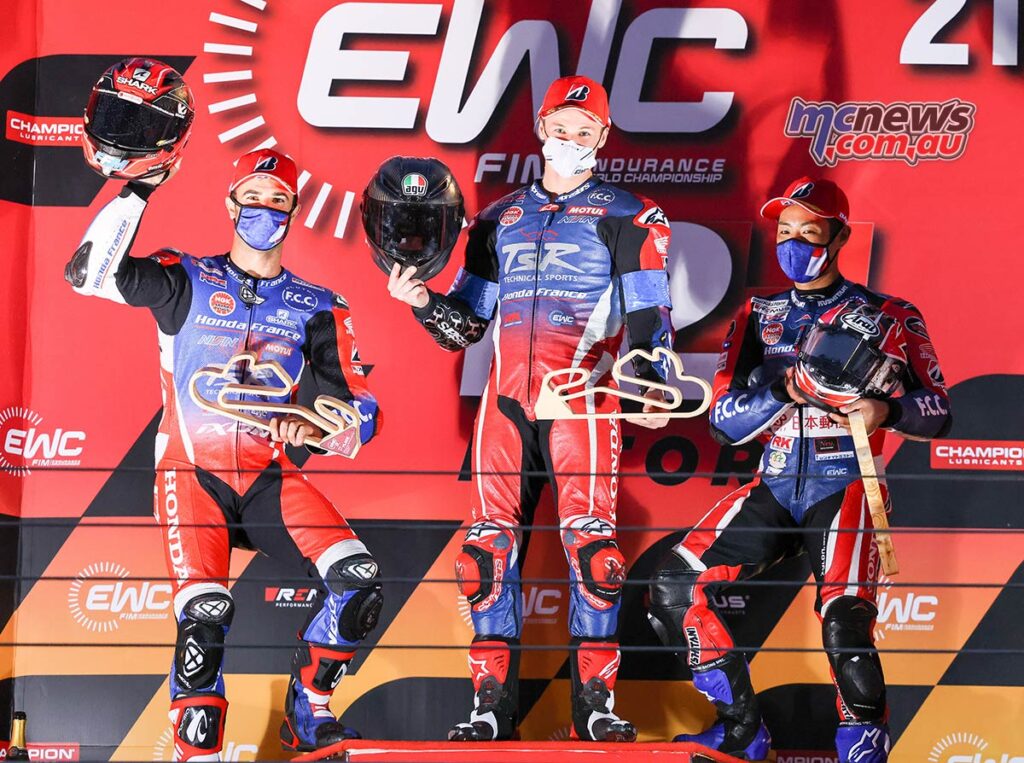
The WeBike SRC Kawasaki entry of Guarnoni, Nigon and Checa claimed second place, a lap behind the Honda entry while BMW claimed the final step on the rostrum. Again the German squad (Fores, Reiterberger, Foray) recovered from problems to climb back up the order to a good result just as they had done at the Le Mans 24 Hour which shows the strength of the squad. Reiterberger had the speed in that final stint to have put the team up to second place but he was held up while trying to un-lap himself from Hook which prevented him from getting on fighting terms with Guarnoni on the final lap.
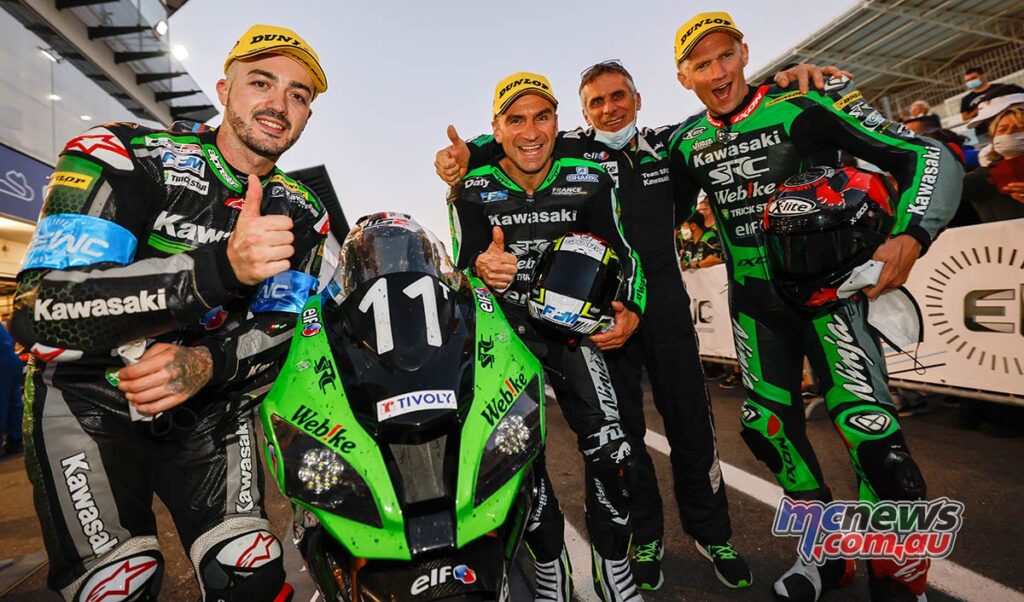
Moto Ain (Randy de Puniet, Robin Mulhauser and Roberto Rolfo) claimed fifth ahead of BMRT 3D Maxxess Nevers Kawasaki (Guarnoni, Nigon, Checa) who along with scoring sixth outright also took the Superstock class victory ahead of the ERC Endurance Ducati EWC (Gines, Rossi, Masson) entry and Bolliger Team Switzerland Kawasaki.
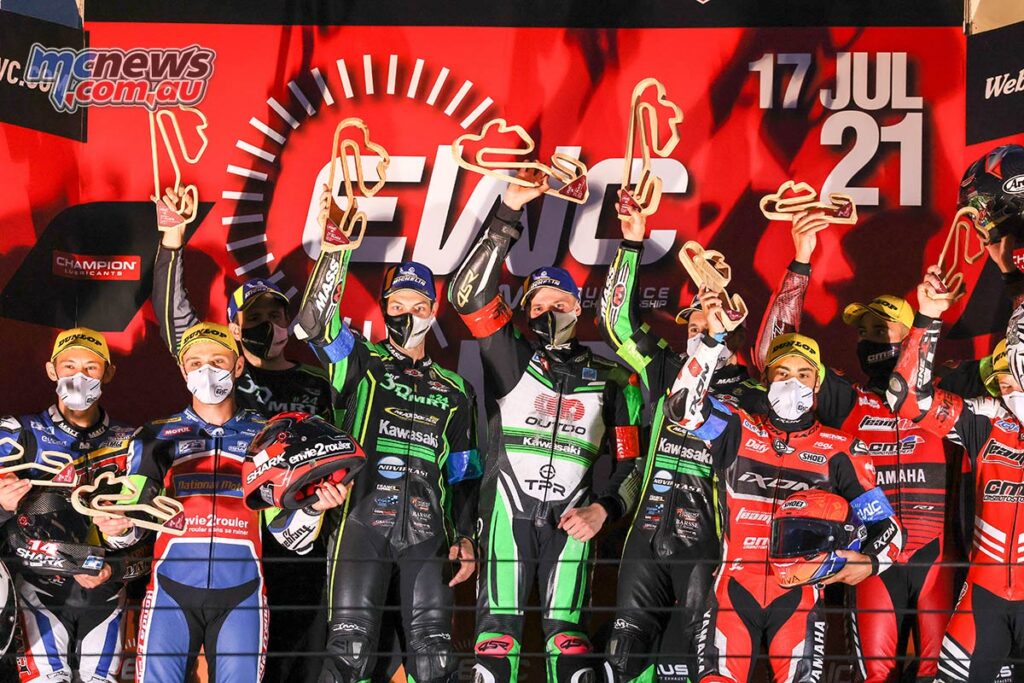
Webike SRC Kawasaki France Trickstar go to the top of the 2021 FIM EWC standings with that second place finish while F.C.C TSR Honda move up to second place, five-points behind the Kawasaki squad. BMW Motorrad hold down third place, two-points behind Honda while SERT slip to fourth in the championship.
The next race of the FIM Endurance World Championship season will take place on the Paul Ricard circuit in France for the 84th edition of the Bol d’Or on September 18 and 19th.
Josh Hook – F.C.C. TSR Honda France
“Everybody did such a great job, we didn’t make any mistakes, we focused on our pace and just keep it throughout the race. For sure that we were lucky today but at the end we won, we knew our potential, and consistency paid off. Huge thanks to the team for the great work during the whole week.”
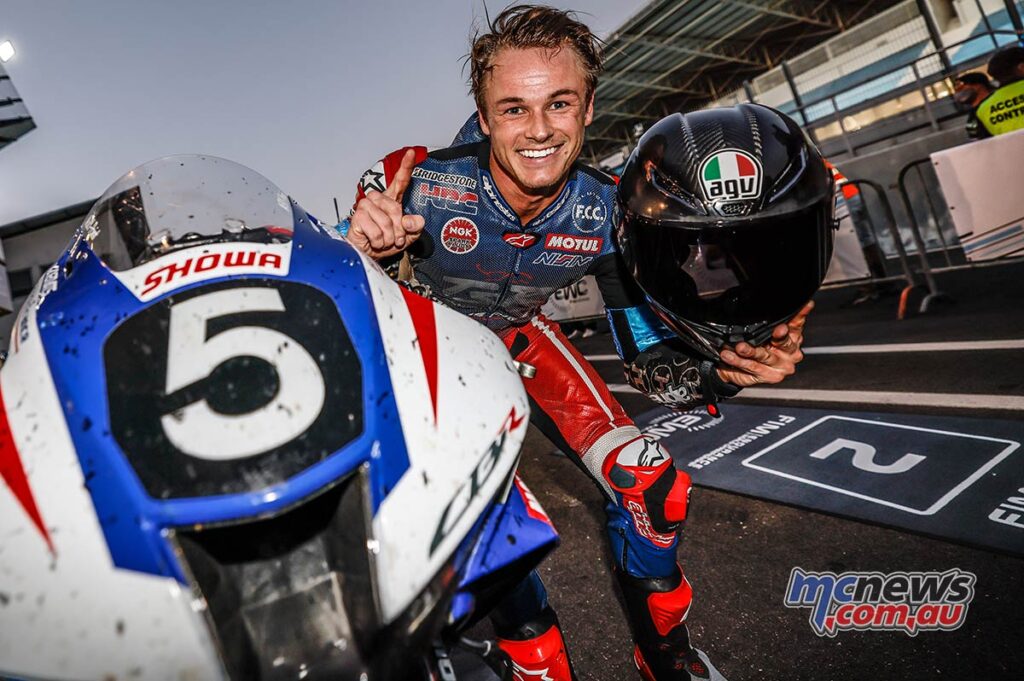
Mike Di Meglio – F.C.C. TSR Honda France
“After a tough week, finishing in this way is a great reward. It’s all about endurance, you must never give up. I asked if I could attack in my last stint and that allowed us to put pressure on our opponents, some of whom made mistakes. We gave it all and we went all the way, it’s incredible.”
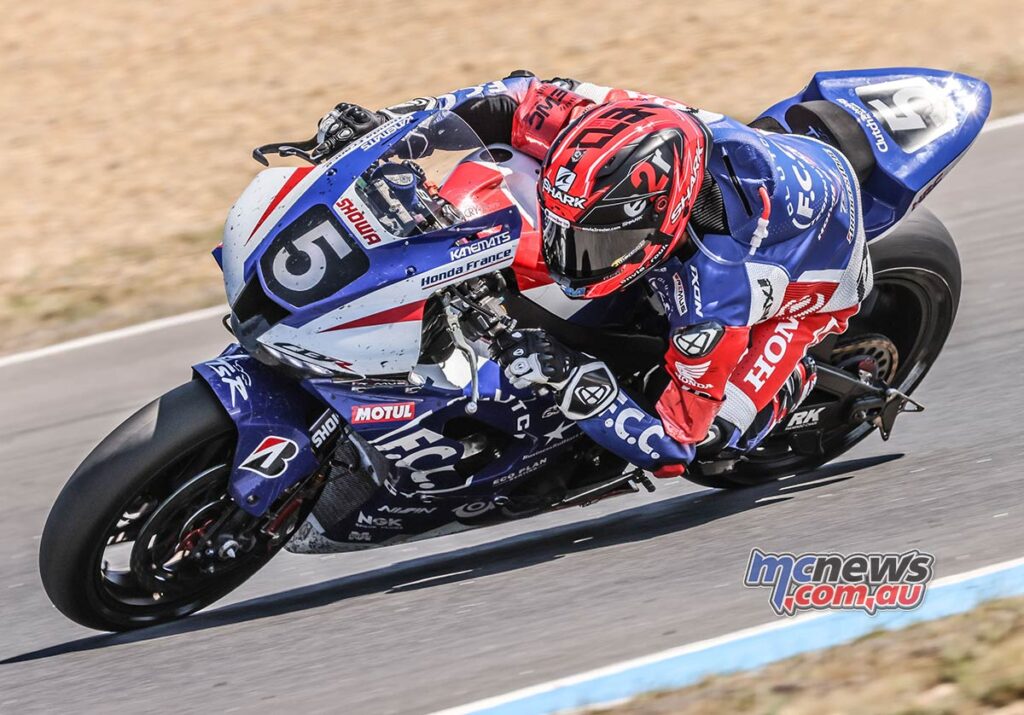
Yuki Takahashi – F.C.C. TSR Honda France
“It was very hard for us since the beginning of the week but everyone has worked well to solve problems one step at a time. Today we gave it all and I am very happy for this victory.”
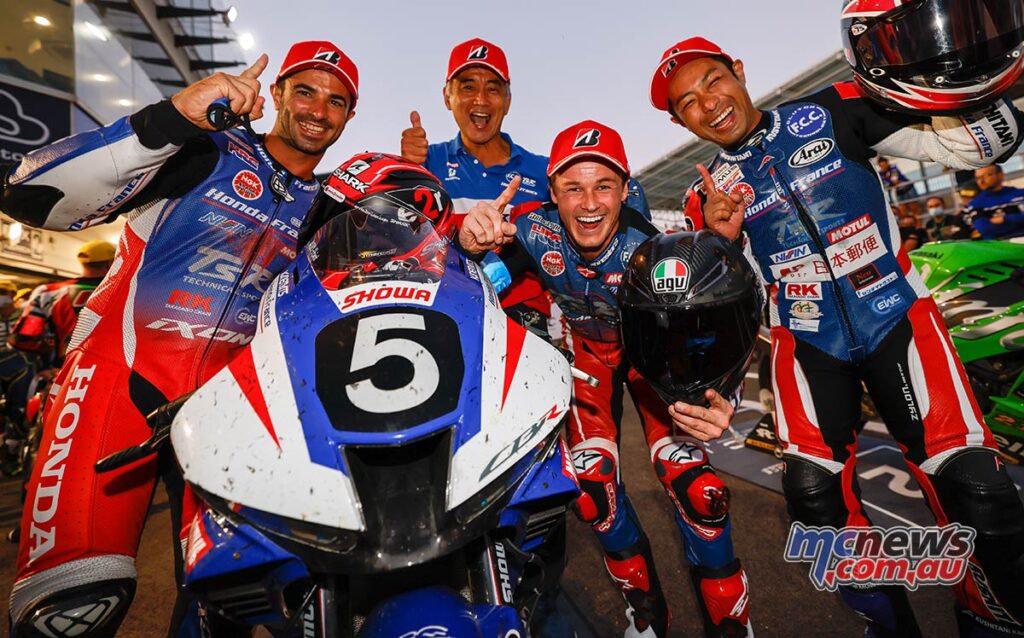
Marc Bongers – BMW Motorrad Motorsport Director
“Congratulations to the whole team on another fantastic performance. It was a real thriller and history repeated itself. It was similar to Le Mans: leading shortly after the start, then a setback, then moving up the field to finish on the podium. We weren’t quite able to race at our pace in the first stint with the cool track temperatures. Things went really well from the second stint and our pace was definitely good enough to win. Unfortunately, Kenny fell and we dropped down to P20. Everyone did a magnificent job in the ensuing race to catch up. Our pace was really good down to the wire, but realistically we wouldn’t have done better than P4 or P5. But the other teams also experienced a few dramas, so the battle for P2 to P4 was really close in the end. We had to change the brakes, which was planned, but the final two stints from Xavi and Markus were incredibly strong so we really piled the pressure on the rider in third place. To end up finishing in P3 less than one second behind second place – after the fall at the beginning – we have to be pleased with that result. We saw that we had the pace required to win. Now we are in a very good starting position for the rest of the season, and our motto for the Bol d’Or in September is ‘full attack’. After all, we are still in with a chance of winning the world championship. We still have some work to do, but have a very good team, a very good bike, and the potential to become even better. I’d like to thank the team, they did a fantastic job, were great in the pit stops, and I’m happy that we could mark Werner Daemen’s 50th birthday by gifting him this podium.”
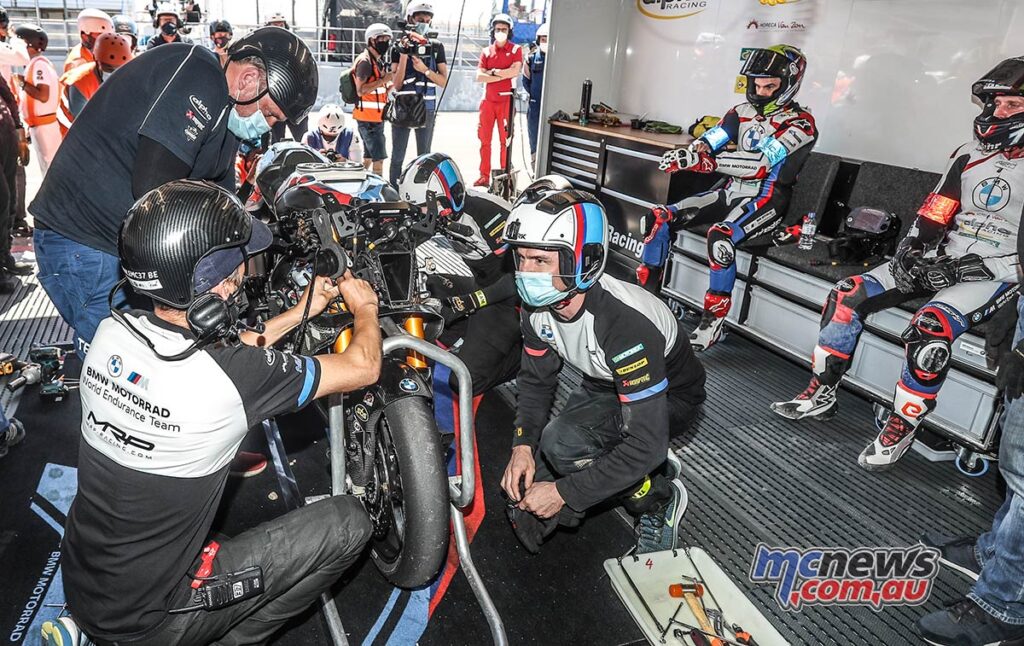
Mandy Kainz – YART Yamaha Official EWC Team, Team Manager
“What can I say? Life is unfair and sometimes racing is even more unfair! It was a crazy race from start to finish for everybody, we didn’t get the result we wanted but it is what it is. The conditions were really warm and pushed everybody to their limit. Eventually Honda won as they controlled their pace really well. Our plan was to win the race, unfortunately one mistake cost us the victory. We managed to finish the race, we were competitive, and we’ll look to return to winning ways in Bol d’Or.”
Damien Saulnier – SERT Team Manager
“This race has proven once again that in Endurance, nothing is ever decided in advance. We came here with points ahead, a lot of hope, a well-functioning team and three fast riders. At the start of the race, we showed our potential. And then, a few hours later the result is completely different. It’s racing, with its ups and downs. It’s up to us to reverse the trend at the Bol d’Or.”
2021 FIM EWC 12 Hours of Estoril Results
| Pos | Team………………………………………………………………………………….. | Bike | Cat/Pos | Cat | Laps | Total/Time | Gaps/First | Gap/Prev | Best/Lap | Pits | Pit/Time |
| 1 | F.C.C. TSR Honda France | Honda | 1 | EWC | 417 | 12h00m32.811 | – | – | 1m39.801 | 11 | 11m22.572 |
| 2 | WEBIKE SRC KAWASAKI FRANCE TRICKSTAR | Kawasaki | 2 | EWC | 416 | 12h02m00.004 | 1 Lap | 1 Lp. | 1m39.503 | 12 | 12m28.092 |
| 3 | BMW MOTORRAD WORLD ENDURANCE TEAM | BMW | 3 | EWC | 416 | 12h02m00.980 | 1 ap | 0.976 | 1m39.161 | 13 | 17m30.035 |
| 4 | VRD IGOL EXPÉRIENCES | Yamaha | 4 | EWC | 415 | 12h00m33.658 | 2 Lap | 1 Lap. | 1m39.763 | 12 | 14m01.134 |
| 5 | MOTO AIN | Yamaha | 5 | EWC | 412 | 12h01m49.821 | 5 Lap | 3 Lap | 1m39.900 | 13 | 15m48.665 |
| 6 | BMRT 3D MAXXESS NEVERS | Kawasaki | 1 | SST | 410 | 12h01m15.817 | 7 Lap | 2 Lap | 1m40.136 | 12 | 13m47.315 |
| 7 | ERC Endurance Ducati | Ducati | 6 | EWC | 410 | 12h01m44.239 | 7 Lap | 28.422 | 1:m0.178 | 13 | 21m11.942 |
| 8 | Team Bolliger Switzerland #8 | Kawasaki | 7 | EWC | 409 | 12h01m15.716 | 8 Lap | 1 Lap | 1m41.480 | 12 | 11m18.890 |
| 9 | National Motos | Honda | 2 | SST | 407 | 12h01m34.725 | 10 Lap | 2 Lap | 1m41.171 | 13 | 16m01.157 |
| 10 | YART – Yamaha Official Team EWC | Yamaha | 8 | EWC | 407 | 12h02m01.495 | 10 Lap | 26.770 | 1m39.384 | 13 | 26m40.265 |
| 11 | Wójcik Racing Team | Yamaha | 9 | EWC | 406 | 12h00m48.268 | 11 Lap | 1 Lap | 1m39.910 | 16 | 24m23.172 |
| 12 | 3ART BEST OF BIKE | Yamaha | 10 | EWC | 405 | 12h01:m6.085 | 12 Lap | 1 Lap | 1m42.298 | 12 | 12m58.021 |
| 13 | TEAM 18 SAPEURS POMPIERS CMS MOTOST | Yamaha | 3 | SST | 402 | 12h02m01.205 | 15 Lap | 3 | 1m41.035 | 15 | 25m15.206 |
| 14 | TEAM 33 LOUIT APRIL MOTO | Kawasaki | 4 | SST | 401 | 12h00m40.736 | 16 Lap | 1 Lap | 1m41.278 | 15 | 25m50.782 |
| 15 | Slider Endurance | Yamaha | 5 | SST | 401 | 12h00m52.411 | 16 Lap | 11.675 | 1m43.528 | 12 | 15m16.468 |
| 16 | Team LRP Poland | BMW | 11 | EWC | 401 | 12h01m35.593 | 16 Lap. | 43.182 | 1m41.807 | 10 | 18m27.066 |
| 17 | YOSHIMURA SERT MOTUL | Suzuki | 12 | EWC | 400 | 12h01m11.006 | 17 Lap. | 1 Lap. | 1m39.155 | 12 | 31m28.350 |
| 18 | FALCON RACING | Yamaha | 6 | SST | 398 | 12h01m59.119 | 19 Lap | 2 Lap | 1m44.577 | 12 | 14m01.892 |
| 19 | No Limits Motor Team | Suzuki | 7 | SST | 397 | 12h01m23.114 | 20 Lap. | 1 Lap | 1m41.765 | 15 | 28m59.353 |
| 20 | ENERGIE ENDURANCE 91 | Kawasaki | 8 | SST | 396 | 12h00m38.578 | 21 Lap. | 1 Lap | 1m43.295 | 14 | 20m54.334 |
| 21 | PITLANE ENDURANCE 86 | Yamaha | 9 | SST | 395 | 12h01m14.871 | 22 Lap. | 1 Lap | 1m42.039 | 14 | 19m46.737 |
| 22 | JMA MOTOS ACTION BIKE | Suzuki | 10 | SST | 393 | 12h01m52.931 | 24 Lap. | 2 Lap. | 1m42.972 | 12 | 37m20.419 |
| 23 | TRT27 BAZAR 2 LA BECANE | Suzuki | 11 | SST | 392 | 12h01m41.453 | 25 Lap. | 1 Lap | 1m44.861 | 13 | 18m41.002 |
| 24 | British Endurance Racing Team | Suzuki | 12 | SST | 391 | 12h01m53.755 | 26 Lap. | 1 Lap | 1m44.312 | 14 | 24m17.179 |
| 25 | Wójcik Racing Team 2 | Yamaha | 13 | SST | 388 | 12h01m53.697 | 29 Lap | 3 Lap | 1m40.341 | 15 | 30m39.133 |
| 26 | RAC41-CHROMEBURNER | Honda | 14 | SST | 387 | 12h01m53.041 | 30 Lap. | 1 Lap | 1m42.218 | 12 | 36m24.869 |
| 27 | PLAYERS | Kawasaki | 15 | SST | 373 | 12h01m15.765 | 44 Lap | 14 Lap | 1m44.253 | 17 | 51m13.594 |
| 28 | Motobox Kremer Racing #65 | Yamaha | 13 | EWC | 350 | 12h01m27.658 | 67 Lap | 23 Lap | 1m43.991 | 18 | 1m24:15.437 |
| 29 | TATI TEAM BERINGER RACING | Kawasaki | 14 | EWC | 303 | 09h02m45.932 | 114 Lap. | 47 Lap | 1m40.279 | 10 | 22m19.702 |
| 30 | Team Aviobike | Yamaha | 16 | SST | 145 | 04h57m37.153 | 272 Lap | 158 Lap. | 1m43.068 | 5 | 52m52.359 |
2021 FIM Endurance World Championship Standings
| Pos | Team………………………………………………………………………………… | Bike | Country | FMN | Total | FRA | POR | FRA | JPN |
| 1 | WEBIKE SRC KAWASAKI FRANCE TRICKSTAR | Kawasaki | FRA | FFM | 87 | 48 | 39 | – | – |
| 2 | F.C.C. TSR Honda France | Honda | JPN | MFJ | 82 | 36 | 46 | – | – |
| 3 | BMW MOTORRAD WORLD ENDURANCE TEAM | BMW | BEL | FMB | 80 | 44 | 36 | – | – |
| 4 | YOSHIMURA SERT MOTUL | Suzuki | FRA | FFM | 76 | 64 | 12 | – | – |
| 5 | VRD IGOL EXPÉRIENCES | Yamaha | FRA | FFM | 61 | 32 | 29 | – | – |
| 6 | ERC Endurance Ducati | Ducati | GER | DMSB | 49 | 29 | 20 | – | – |
| 7 | YART – Yamaha Official Team EWC | Yamaha | AUT | AMF | 32 | 14 | 18 | – | – |
| 8 | Motobox Kremer Racing #65 | Yamaha | GER | DMSB | 31 | 23 | 8 | – | – |
| 9 | Wójcik Racing Team | Yamaha | POL | PZM | 27 | 12 | 15 | – | – |
| 10 | MOTO AIN | Yamaha | FRA | FFM | 24 | – | 24 | – | – |
| 11 | MACO RACING Team | Yamaha | SVK | SMF | 24 | 24 | – | – | – |
| 12 | Team Bolliger Switzerland #8 | Kawasaki | SUI | FMS | 19 | – | 19 | – | – |
| 13 | GT Endurance | Yamaha | FRA | FFM | 18 | 18 | – | – | – |
| 14 | 3ART BEST OF BIKE | Yamaha | FRA | FFM | 13 | – | 13 | – | – |
| 15 | Team LRP Poland | BMW | POL | PZM | 10 | – | 10 | – | – |
| 16 | TATI TEAM BERINGER RACING | Kawasaki | FRA | FFM | 4 | 2 | 2 | – | – |
Source: MCNews.com.au

